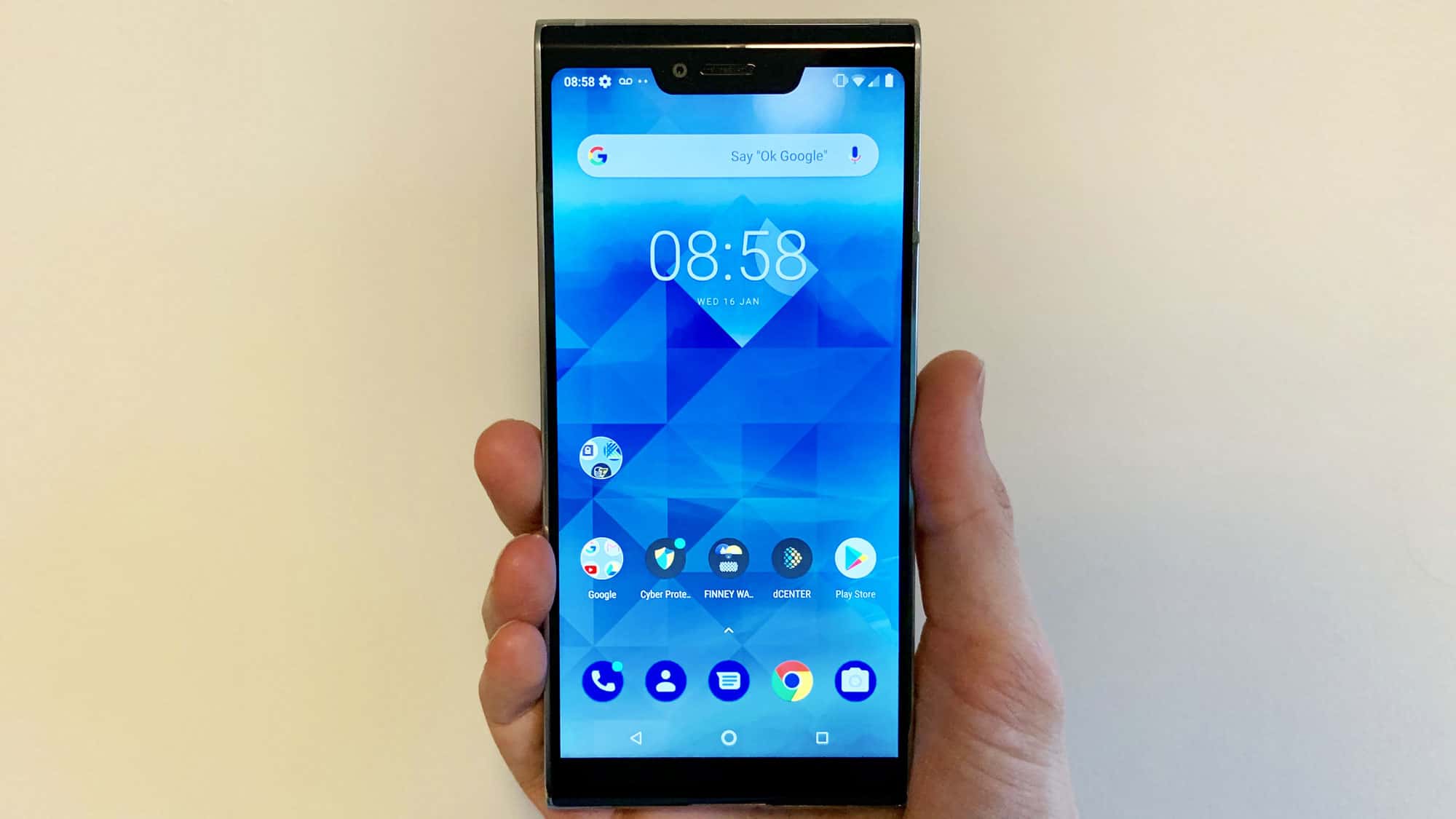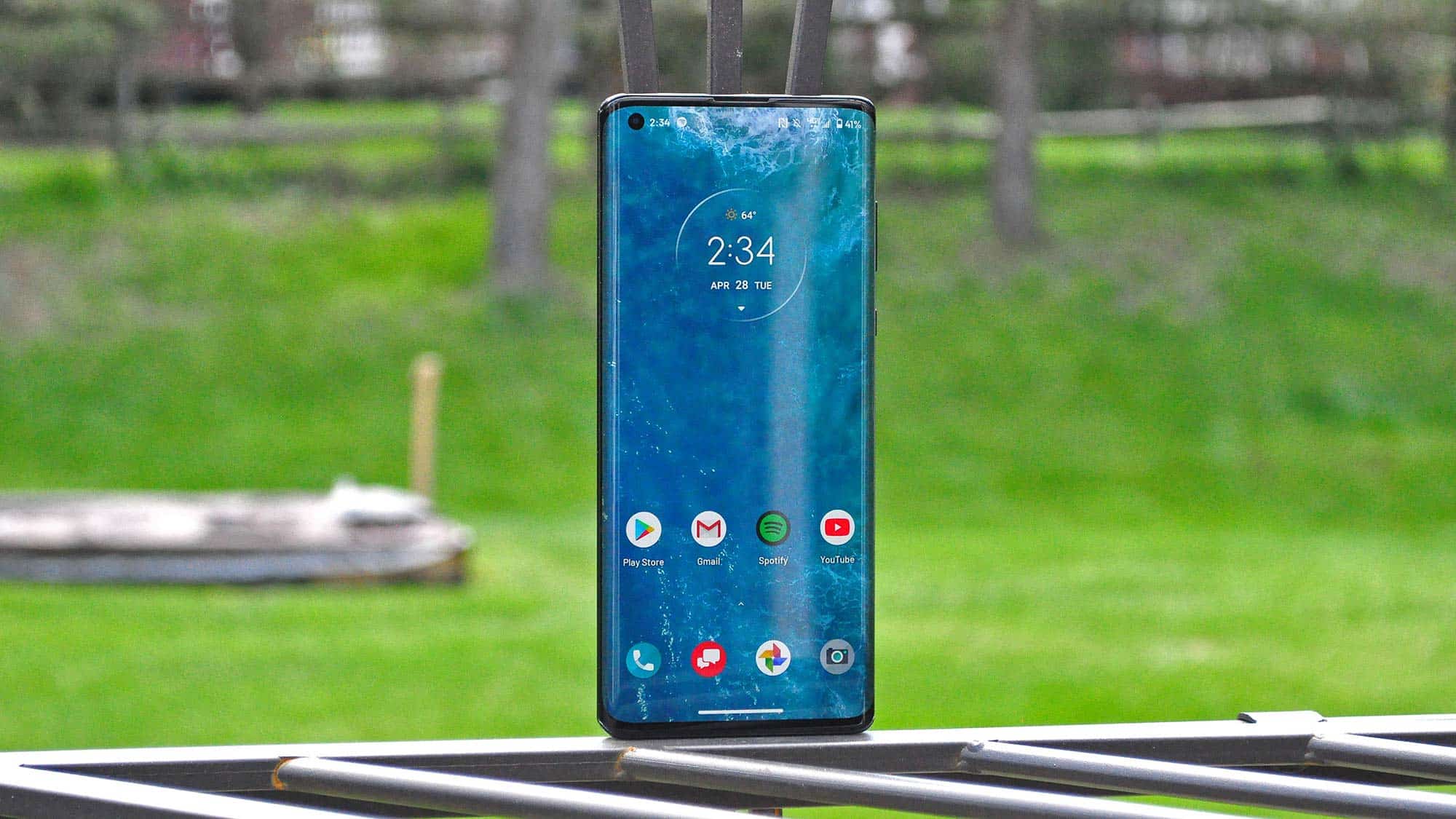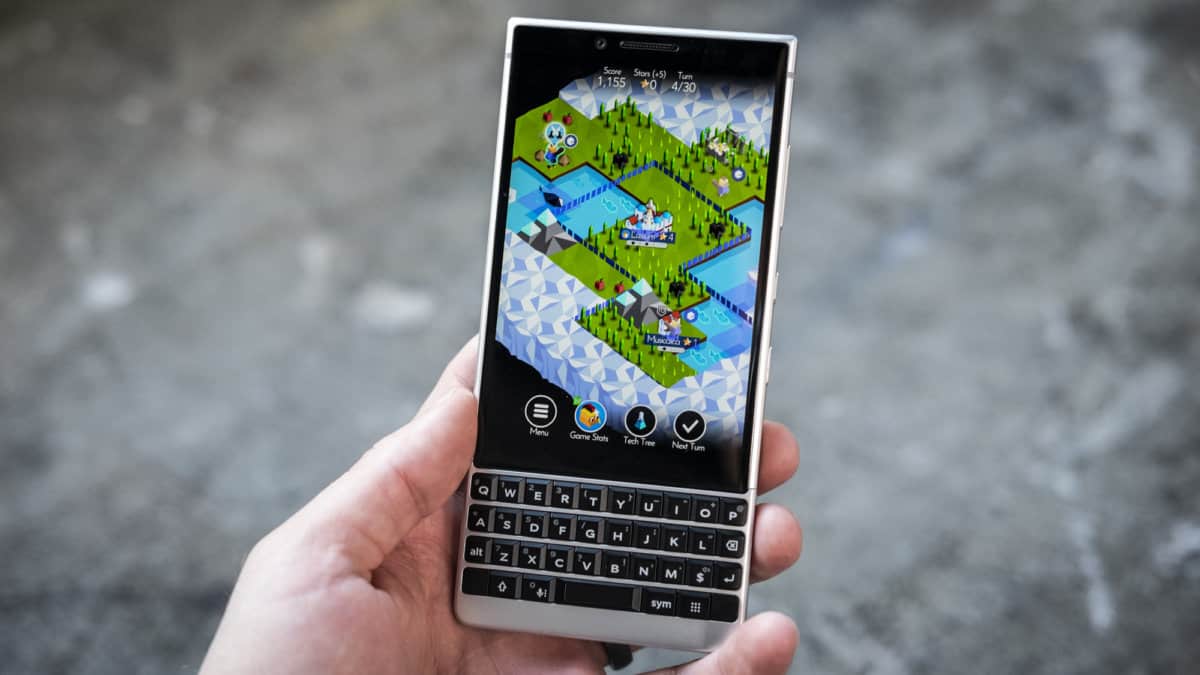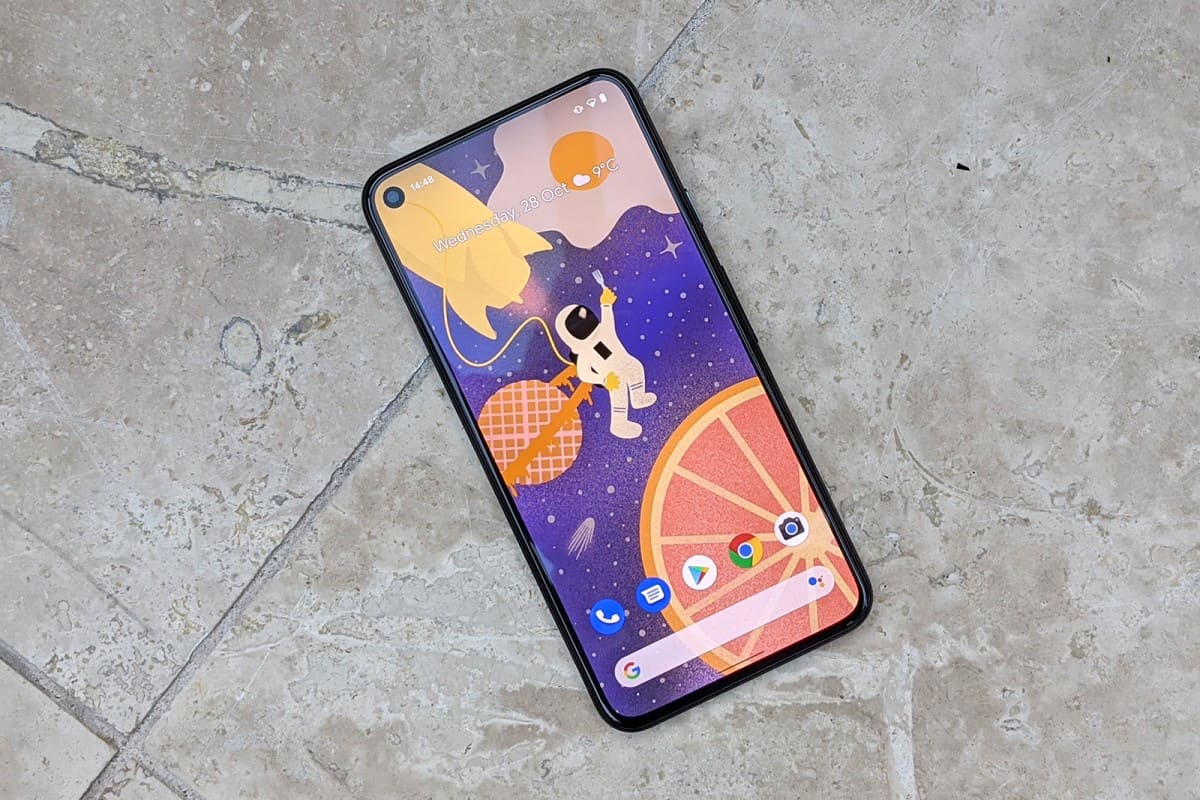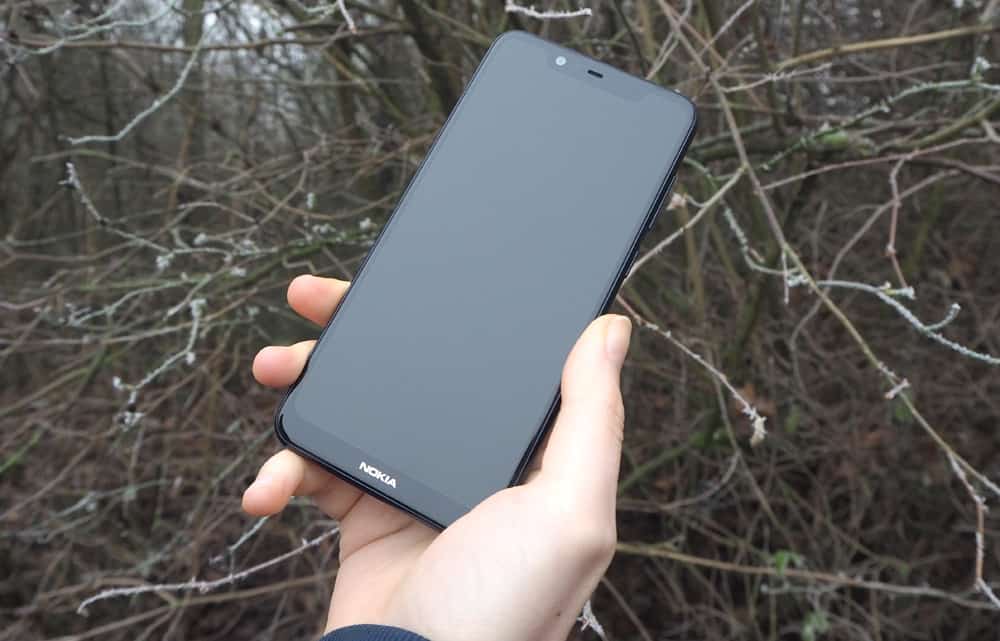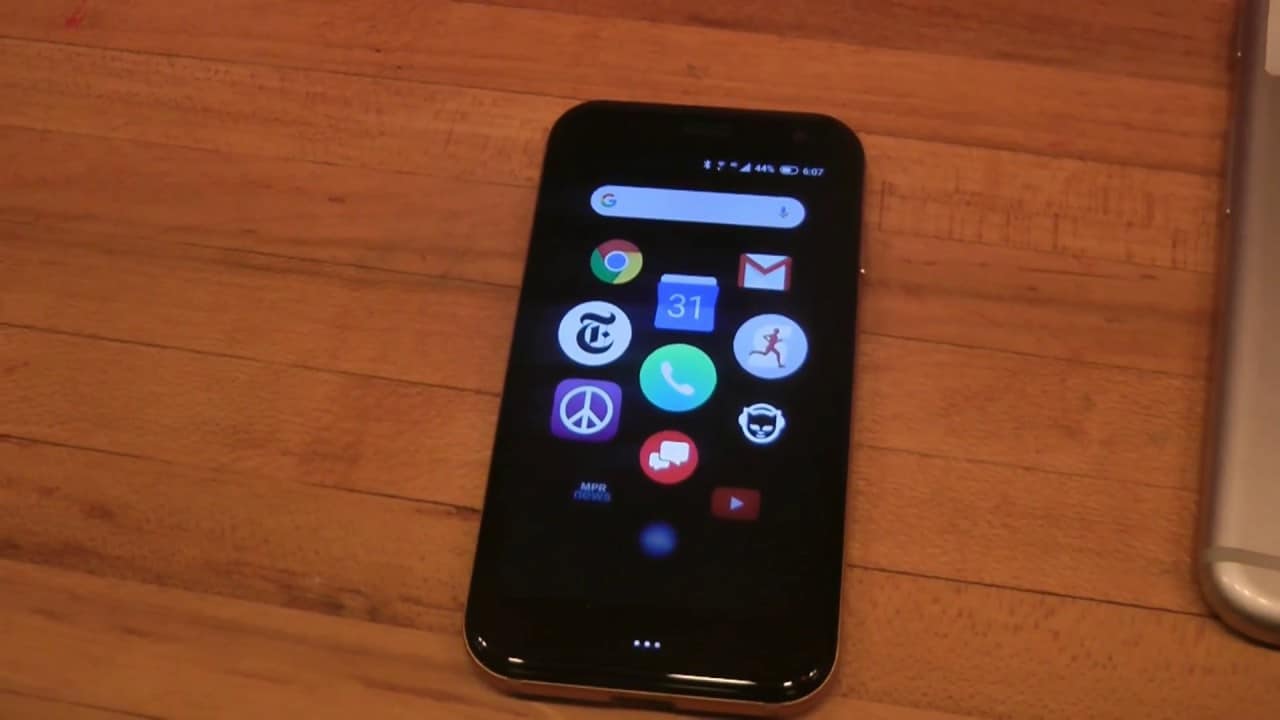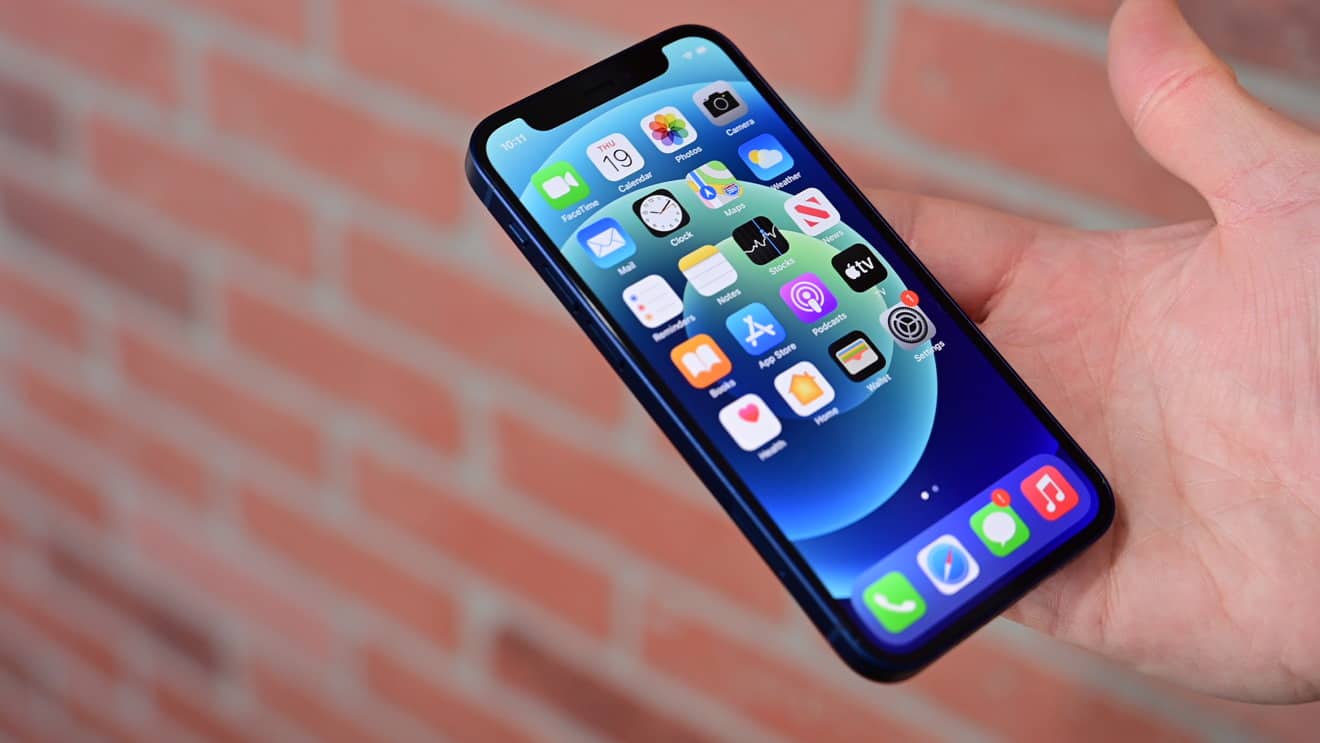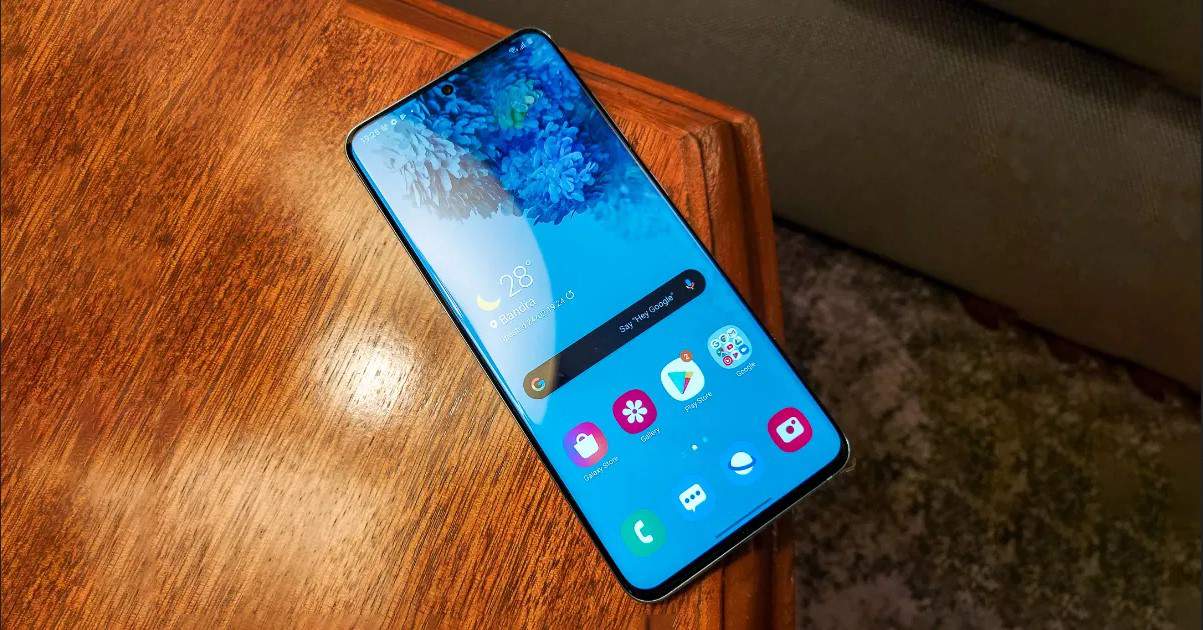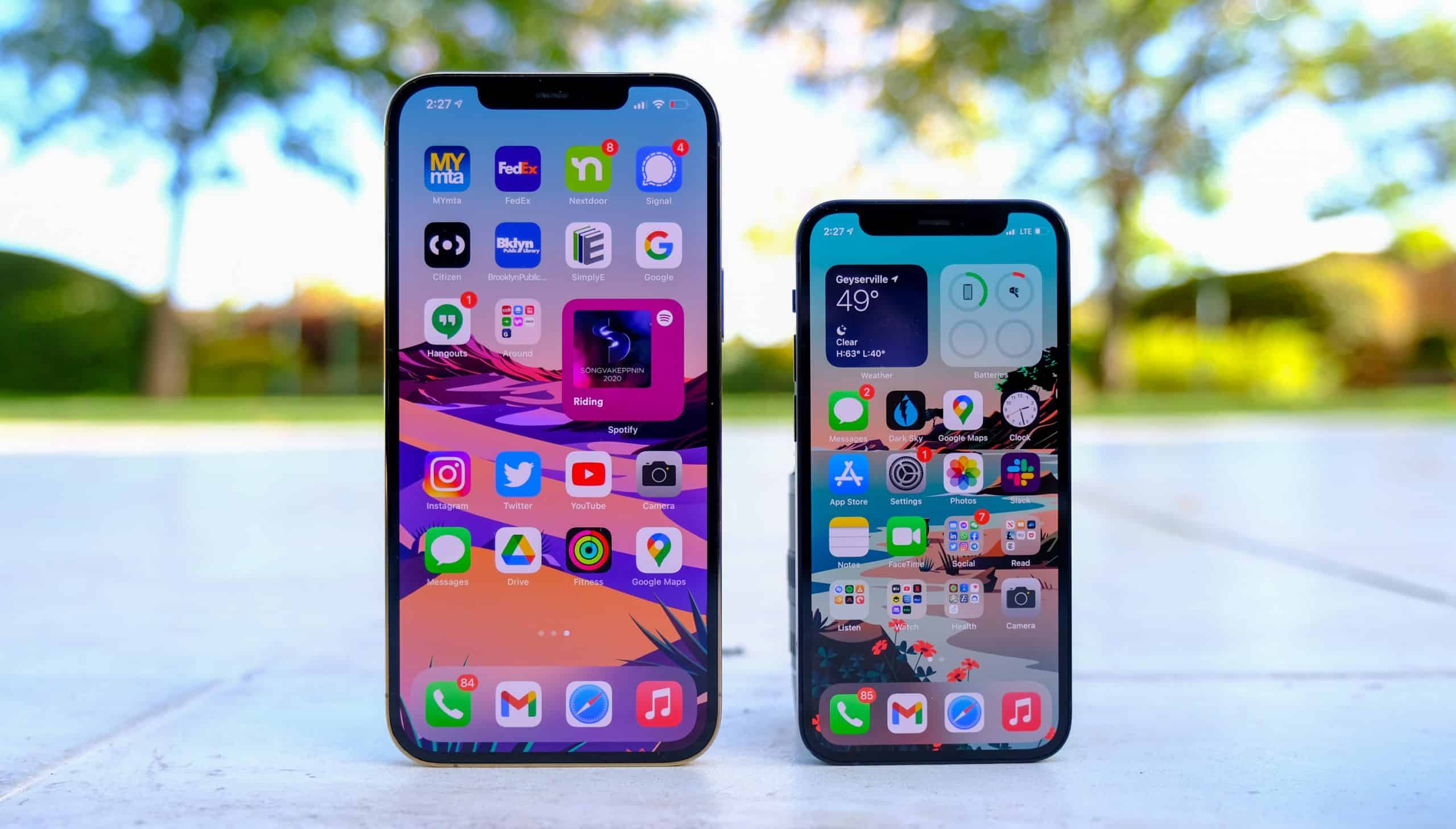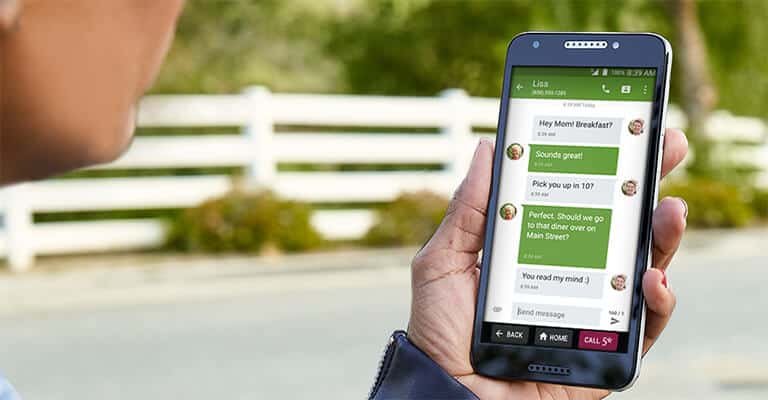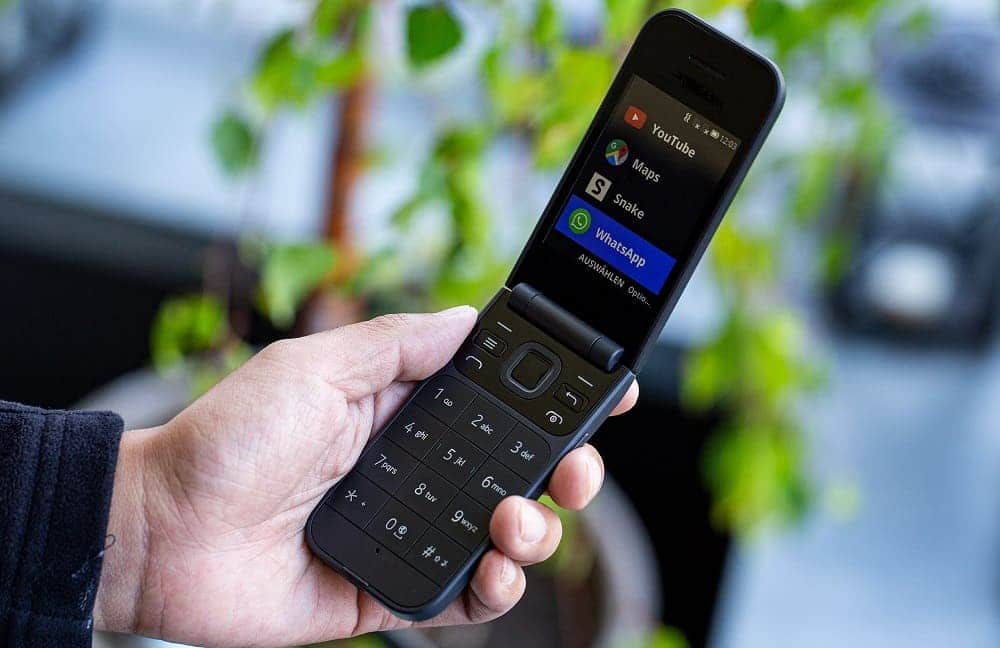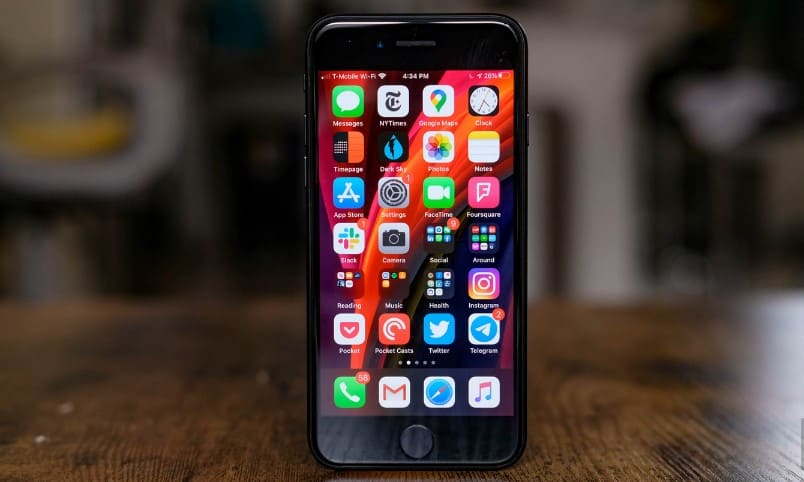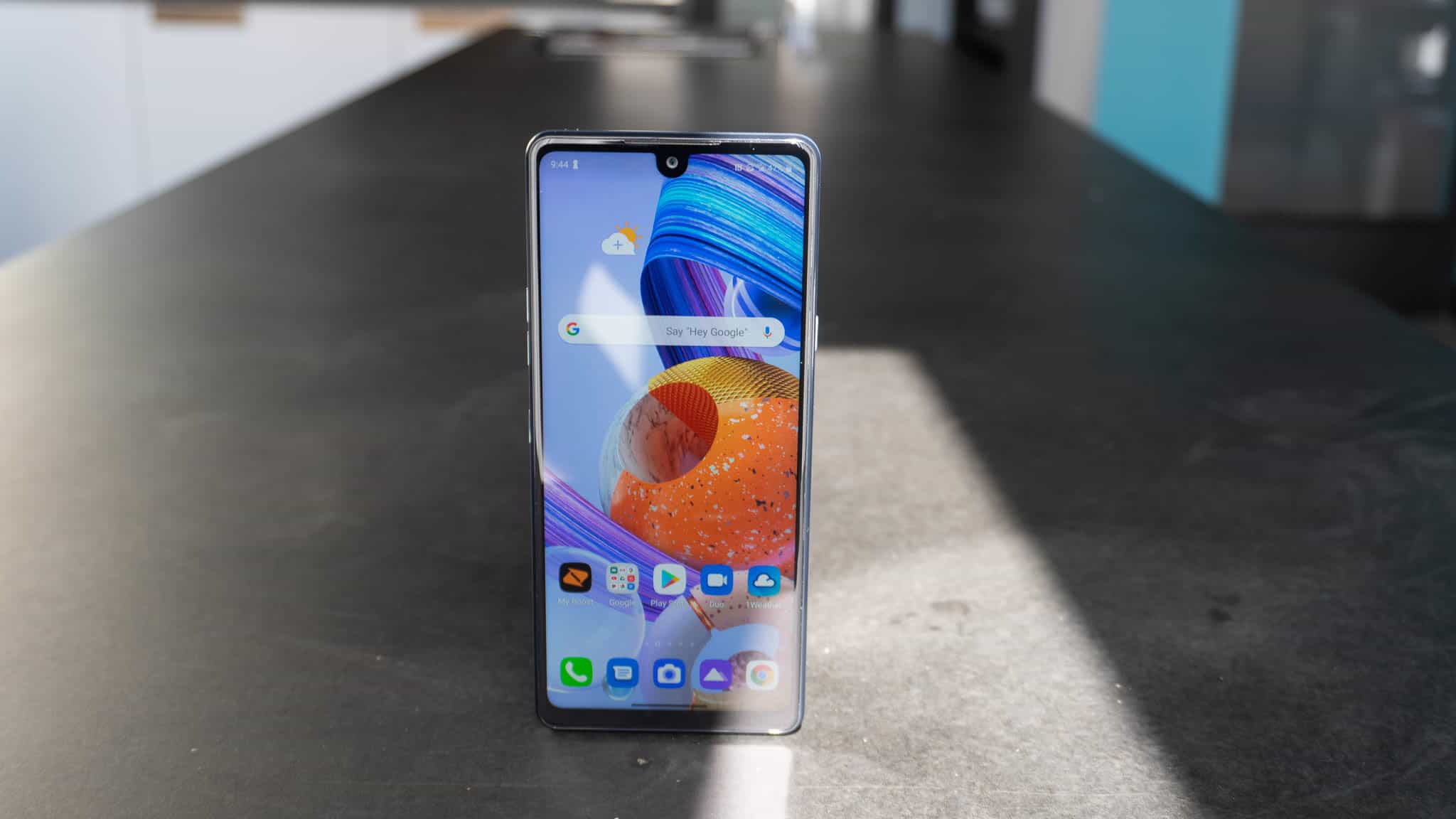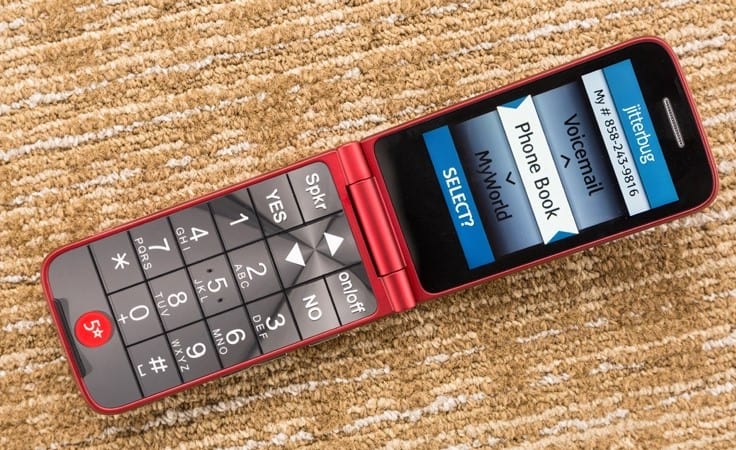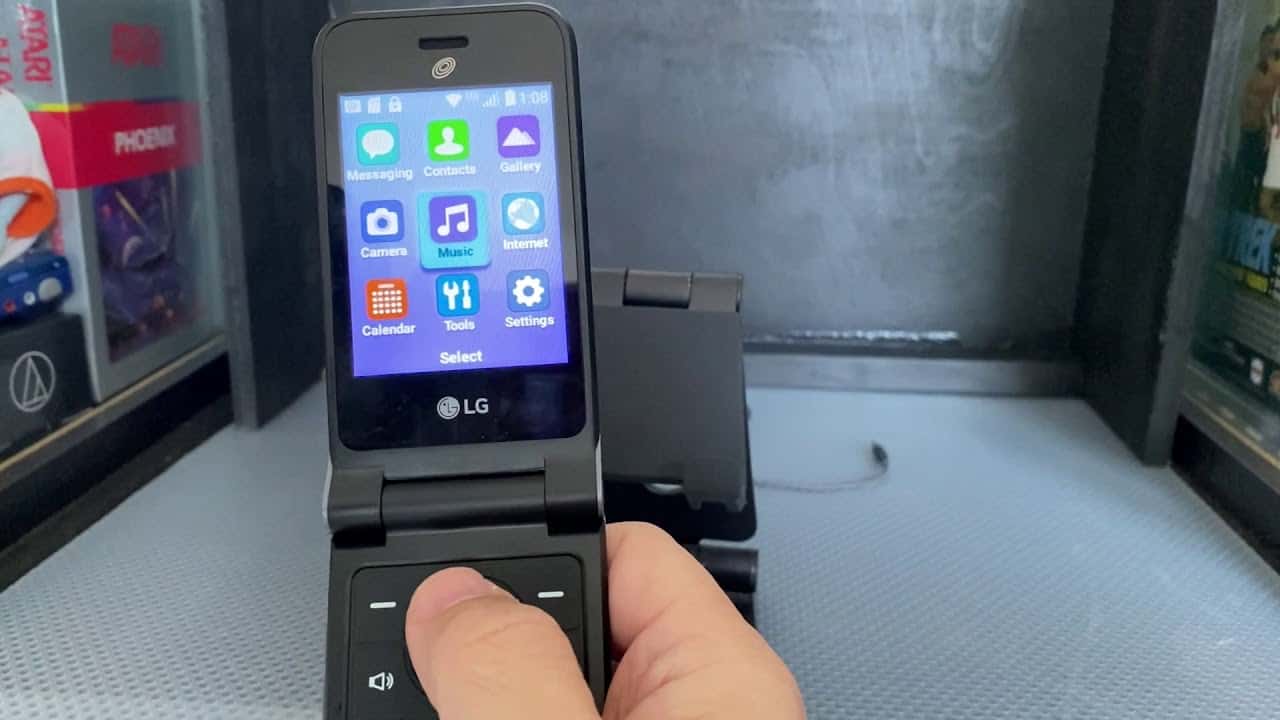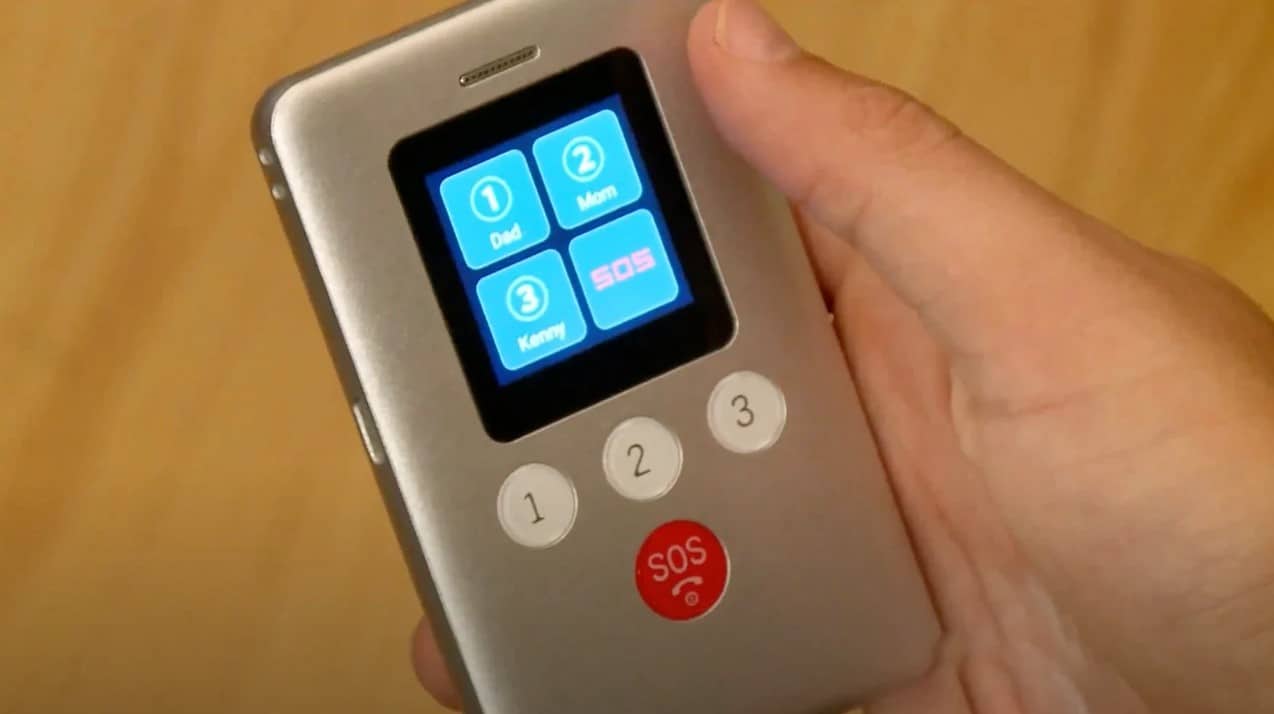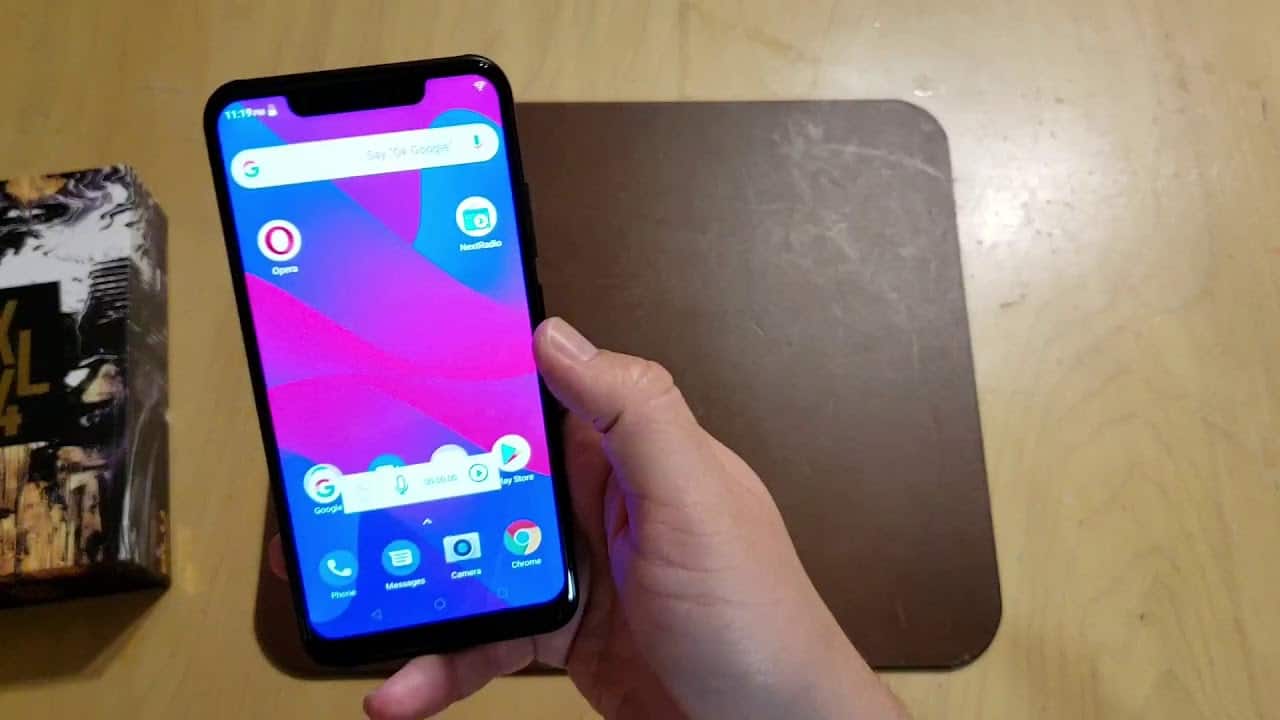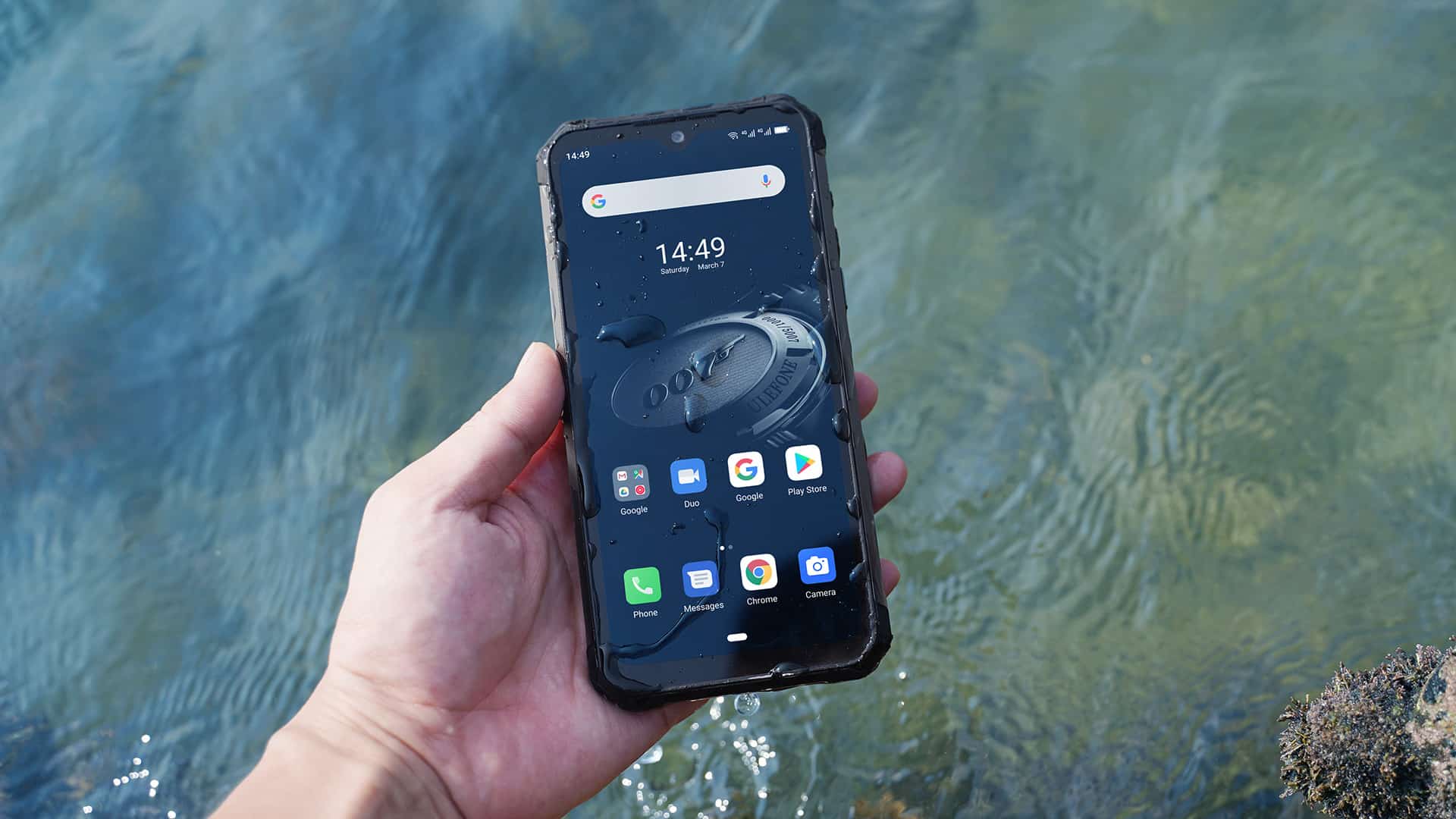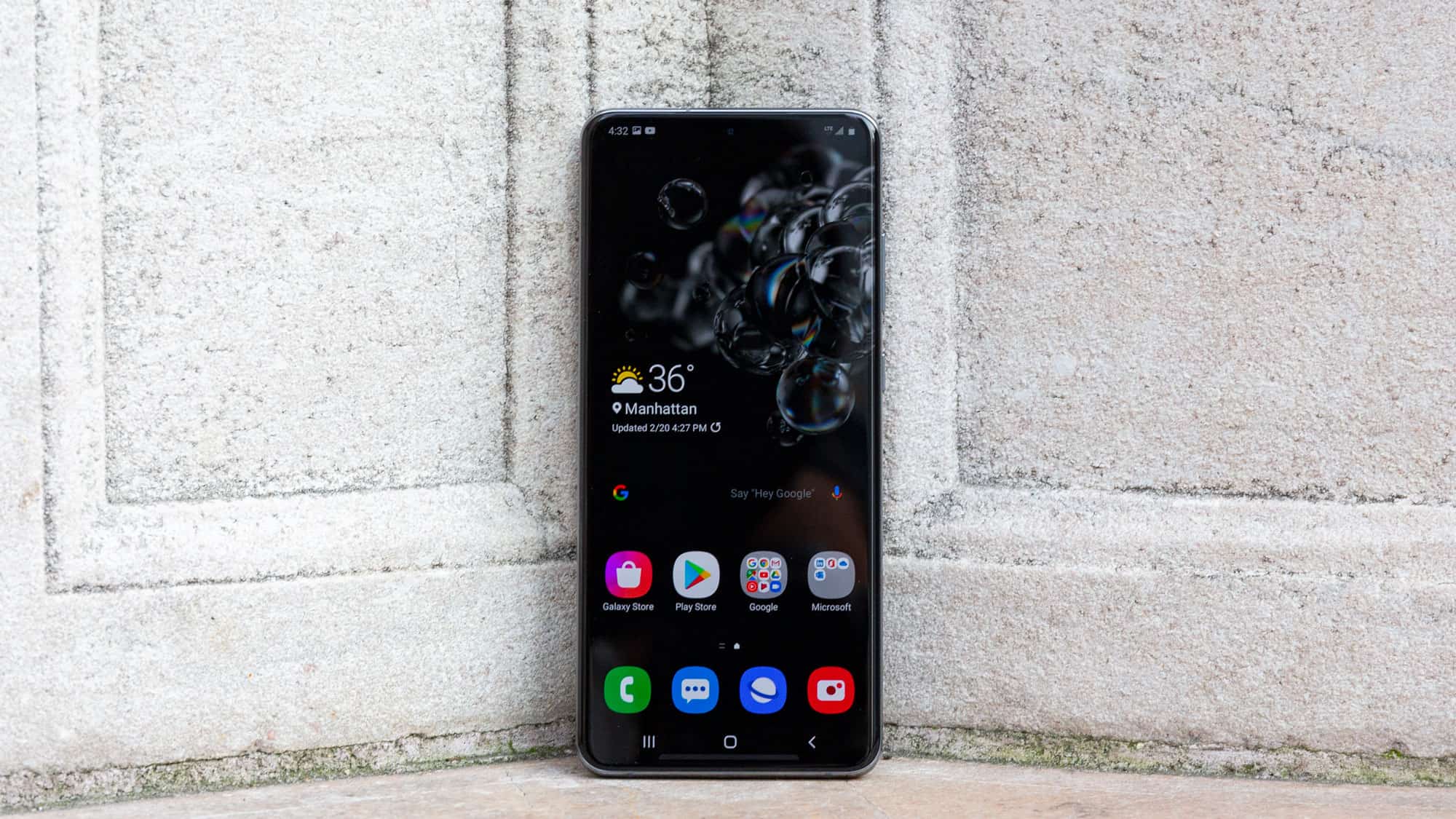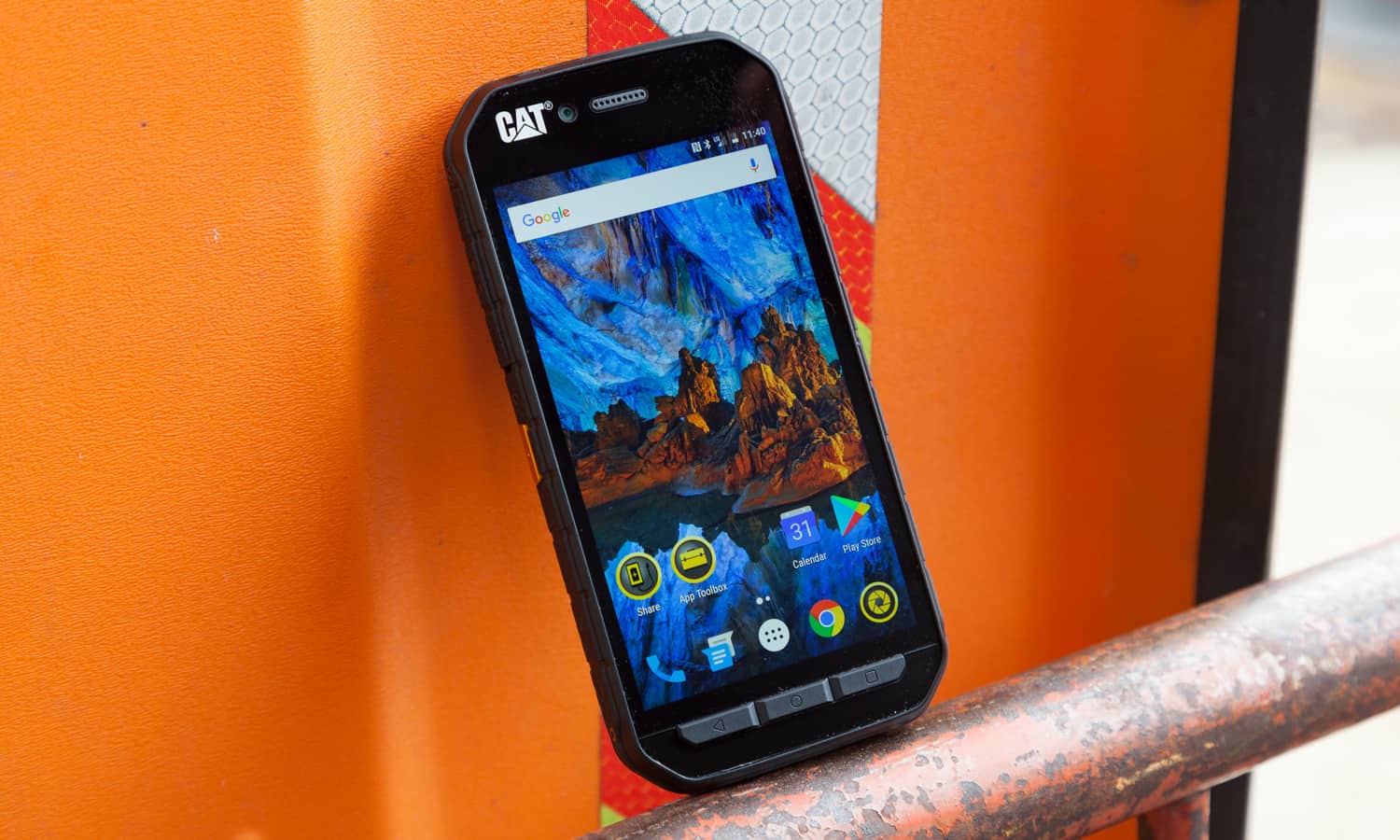To help you find the best low light camera phone, we spent several hours researching and analyzing the customer reviews and specifications of over 20 different products. During this time, we identified the top features to consider during your buying process so you can follow along and find the best option for your needs. We recommend finding a smartphone with specific low-light camera functionality. This usually comes in the form of some kind of software enhancement, but it can also be present in the physical camera hardware. We also recommend finding a smartphone with a user-friendly and durable design so you can quickly snap photos without fear of dropping or ruining the product.
With these considerations and features in mind, we picked the Samsung Galaxy Note 20 Ultra as the best low light camera phone available today. Keep reading below to learn more about this premium camera phone. Also check out our guide to the best smartphone.
Top 10 Best Low Light Camera Phones
#1 Samsung Galaxy Note 20 Ultra Low Light Camera Phone
Award: TOP PICK
WHY WE LIKE IT: This premium smartphone offers the best in every aspect of performance smartphone options, from a next-gen camera array to seamless S Pen stylus operation and a long-lasting battery. Plus, with an extra-fast processor, this top-rated camera phone processes low-light photography better than any other option available.
- 120Hz display is smooth, responsive
- Easier operation with S Pen stylus
- 4500 mAh battery lasts a long time
- Curved screen prone to accidental taps
- Rear camera sticks out too far
The Samsung Galaxy Note 20 Ultra is the cream of the crop when it comes to camera functionality, speed, and display quality. First, let’s take a look at the camera. The Note 20 Ultra features a triple-lens rear camera setup with 108 megapixels and amazing zoom options (up to 100x). This in and of itself is an amazing feature, but the Note 20 Ultra really excels when it comes to shooting in low light. It produces better color saturation and detail than any of the previous Galaxy models. Plus, you’ll get plenty of options for manually adjusting camera settings to get the perfect night shot. The only downside to the Galaxy Note 20 Ultra’s camera is the fact that it sticks out a little too far from the phone’s body.
This is the perfect camera phone for photographers who also use their mobile for business purposes. The included S Pen stylus is truly revolutionary and feels exactly like an actual pen on paper. This helps you navigate through the phone with more speed and efficiency, and it even allows you to take notes in certain applications. We were blown away by the Note’s extra-powerful Snapdragon 865 Plus processor, which not only aids in low-light photography but also in every other aspect of the phone. Navigating, watching movies, and playing games are all incredibly smooth here, thanks to that processor. We were also really impressed by the beautiful AMOLED display in this Samsung smartphone. It provides a high resolution of 3088 x 1440 pixels and a fast 120Hz refresh rate to increase overall smoothness. It’s great if you’re also in the market for the best gaming phones.
#2 Apple iPhone 11 Pro Max Low Light Camera Phone
We’re sorry, this product is temporarily out of stock
Award: HONORABLE MENTION
WHY WE LIKE IT: With a completely overhauled camera that includes an amazing Night Mode, this camera phone is a step forward for the entire Apple phone lineup. Plus, with its A13 Bionic chipset, stunning OLED display, and simple user interface, this smartphone is seriously tough competition.
- Colorful, bright OLED display
- A13 Bionic processor is fast and reliable
- Best-of-class camera quality
- No expandable storage options
- Similar design to previous generations
The Apple iPhone 11 Pro Max doesn’t look much different from the previous generation of iPhones. However, that doesn’t mean it didn’t take huge steps forward with its release. The 11 Pro Max features the latest in Apple processor technology with the A13 Bionic chipset. This is the fastest we’ve seen on iPhones to date, and it really amps up the 11 Pro Max’s game in several different ways. The most noticeable improvement here is in the camera. This is Apple’s first foray into a triple-lens camera array and adds a wide-angle lens for more variety in quality. Apple also adds an amazing Night Mode to the camera’s software, which creates much clearer and detailed shots in low light. This camera is one of the most premium options your money can buy, and it’s well worth it if you’re a mobile photographer.
Related: Also check out the best large screen phones.
Everything else on the iPhone 11 Pro Max is of the same high quality that Apple brings into every single one of its products. The Super Retina XDR display features crisp OLED quality with bright and vivid colors. It’s also more durable than old iPhones and continues to include IP68 water resistance. The phone comes installed with the iOS operating system, which is very responsive and incredibly user-friendly. If we had to nitpick and choose areas where we would improve the iPhone, it would have to be in the expandable storage department. As with previous generations, the iPhone 11 Pro Max does not include a microSD card slot for storage expandability. Instead, if you want more storage, you’ll need to cough up some extra cash and splurge for a more expensive version. Still, it’s a great phone if you’re in need of one of the best phones for vlogging.
#3 Google Pixel 5 Low Light Camera Phone
Award: BEST DURABILITY
WHY WE LIKE IT: Simple, responsive, and packed full of next-gen functionality, this low light camera phone is an excellent choice for most photographers. Plus, it features an extra-durable design with Gorilla Glass 6 and IP68 water and dust resistance.
- Screen offers 90Hz refresh rate
- Useful reverse wireless charging function
- Compatible on 5G networks
- Somewhat boring, utilitarian design
- Slower Snapdragon 765G processor
The Google Pixel 5 takes simplicity and affordability to the next level. This low light camera phone is affordable than most high-end flagship phones but offers essentially the same level of performance. Yes, the Pixel 5 offers a slower (on paper) processor with its Snapdragon 765G chipset, but it also offers a stripped-down version of the Android operating system. The two combined create a smooth and extra-responsive user experience. The Pixel 5 also takes that simplicity into its camera array. This is only a dual-camera setup, but it works incredibly well without all of the fuss of fiddling with manual settings to get the right shot. It takes the point and shoot approach, and does extremely well with it, even in low light environments. If you like this phone, you might be interested in the best phones for business.
We were also impressed by the Google Pixel 5’s overall design. It’s definitely utilitarian, lacking the flash and pomp of other premium camera phones, but it just works. This simple design also increases durability, surprisingly enough. With Corning Gorilla Glass 6 and an IP68 rating against water and dust ingress, this phone can take a beating with ease, much like the best rugged smartphones on the market. We were also impressed that Google included 5G connectivity and reverse wireless charging capabilities. If you don’t like all the flashy phone designs that are common today, the Pixel 5 might be your best bet.
#4 Samsung Galaxy S20 Ultra Low Light Camera Phone
Award: BEST QUALITY
WHY WE LIKE IT: This low light camera phone takes quality and bleeding-edge tech to the next level. It offers a large, 120Hz display, water resistance, and an ultra-high-tech camera so you’ll always get the best shots, even in low lighting.
- Next-gen camera with 108MP
- 120Hz refresh rate on display
- 5G compatibility for faster network speeds
- A bit heftier than other camera phones
- Unreliable battery performance
There are no two ways about it. The Samsung Galaxy line of premium smartphones is crushing it when it comes to the overall design and camera quality. Like its big brother, the Note 20 ultra, the Galaxy S20 Ultra is designed with quality in every aspect of its design. It features the latest Snapdragon 865 Plus chipset, which elevates overall performance and user-friendliness to the next level. This high-end processor also adds to the camera’s performance by powering all of the software enhancements to zoom and low-light shooting. This is one of the best smartphone cameras we’ve seen to date, and you’ll be able to take photos in either light or dark areas without much effort at all.
The Galaxy S20 Ultra also features a stunning display screen, with 3200 x 1440 pixels of resolution and a 120Hz refresh rate. These two features combined created a smooth experience on the display, excellent for gaming, photo editing, and watching movies from your favorite streaming services. The S20 Ultra is also durable with IP68 water and dust resistance, along with Gorilla Glass 6 on the display. Finally, you’ll even get a 5G antenna in this smartphone, meaning you’ll get the fastest network speeds available from your cell phone carrier. This comes in handy when you’re trying to upload your low-light photos to the cloud. Overall, it’s a great choice if you want one of the best 5G phones with an excellent camera.
#5 OnePlus 8 Pro Low Light Camera Phone
Award: BEST DISPLAY
WHY WE LIKE IT: Taking photos and reviewing them has never been better with the beautiful 120Hz display on this low light camera phone. It features bright, accurate colors and a large size so you can always capture the best shot.
- Smooth motion handling at 120Hz
- Power other devices with reverse wireless charging
- Blazing fast 5G speeds
- Sub-par zoom functionality
- No expandable storage
The OnePlus 8 Pro is a low light camera phone that focuses on providing the most good-looking display screen possible. It is the result of constant improvement from OnePlus’s previous-gen flagship phones, and the attention to detail really shows in this version. The QHD+ screen features a 3168 x 1440 pixel resolution for sharp, detailed images no matter what you’re doing. Plus, you’ll get 120Hz of motion handling and HDR10+ support while watching movies or playing video games. The display is extra useful when it comes to reviewing your photos. The level of quality and detail in the display allows you to find imperfections in your shots that you would’ve never been able to notice before.
The camera quality is also something to be applauded on the OnePlus 8 Pro. You’ll get 4K video quality, as well as a triple-camera setup with 48MP, 8MP, and 5MP lenses. Low-light performance is really good here, if not as good as some of the more expensive phones available today. However, the difference is hard to tell unless you’re comparing the phones side by side. You also get a few premium features with the OnePlus 8 Pro, like reverse wireless charging and 5G network connectivity, which are big pluses. Be sure to pair this with the best cell phone cases for added protection.
#6 Apple iPhone SE Low Light Camera Phone
We’re sorry, this product is temporarily out of stock
Award: BEST EASE OF USE
WHY WE LIKE IT: While not as premium as other flagship camera phones, this option features an affordable approach to user-friendliness, excellent display quality, and a truly revolutionary low-light camera mode. Plus, it’s part of Apple’s seamless ecosystem for better compatibility with other Apple devices.
- Slim, lightweight, durable design
- Bright, colorful Retina display
- Excellent Night Mode camera function
- Disappointing battery life
- No headphone jack for wired audio
The Apple iPhone SE is another excellent addition to Apple’s already rock-star lineup of mobile devices. It’s smaller than the standard iPhone line in display size, but still packs a hefty punch when it comes to overall performance and reliability. The SE of course features Apple’s classic dedication to ease of use and seamless compatibility, which is a huge plus for beginning smartphone photographers. iOS is smooth, responsive, and hardly ever freezes up. This is mostly due to the powerful A13 Bionic chipset featured in this iPhone.
The A13 Bionic also lends its power to the iPhone SE’s new and improved camera, along with the innovative Night Mode, which drastically improves photo quality in low-light scenarios. The camera can also record in 4K video quality, which is a nice touch. Since the SE is a little smaller in size, it’s easier to hold in your hand, but the display remains as bright and colorful as ever. This makes photo review and general operation much easier overall. If you’re looking for an affordable iPhone to get into night photography, then this is the best option for you. It’s also a great option if you’re looking for the best phones for kids with all the bells and whistles.
#7 Xiaomi Mi Note 10 Low Light Camera Phone
Award: BEST BATTERY LIFE
WHY WE LIKE IT: If you’re planning on extended photography sessions during the night, you’ll need a camera phone with extensive battery life, like this long-lasting option. On top of a powerful 5260 mAh battery, this camera phone also provides a large, bright display and ultra-fast charge time.
- Fast one-hour charge time
- Revolutionary 108MP camera quality
- Big and bright display
- Could benefit from faster processor
- Bluetooth connectivity isn’t the most reliable
The Xiaomi Mi Note 10 was the first smartphone to release a 108-megapixel camera, and that innovation has propelled this option to the forefront of the competition. The camera is very obviously the Mi Note 10’s biggest feature, and it performs well under any circumstance. You’ll even get stellar low-light performance with this phone, producing results with more color saturation and details than you’ll find in most other phones available today. The Mi Note 10 can also record videos in 4K resolution for an even more comprehensive photography and videography solution.
This powerful smartphone also really excels when it comes to its internal battery. It’s rated at 5260 mAh of performance, which will last you an entire night of photography and video recording in low light. But when you do run out of charge, the included 30W fast charger will get you back to 100% in just over an hour’s time. We were also really impressed by the Xiaomi’s display quality. This large screen is bright and colorful, with a 2340 x 1080 resolution. While the internal processor isn’t as fast as some of the other flagship phones out today, the Xiaomi Mi Note 10 can still hold its own when it comes to processor-heavy applications likes games and photo editing. It’s a great choice for anyone looking for the best Chinese smartphones on the market.
#8 Huawei P30 Pro Low Light Camera Phone
We’re sorry, this product is temporarily out of stock
Award: BEST DESIGN
WHY WE LIKE IT: This powerful low light camera phone brings a truly attractive and sleek design to the table with a unique curved display with virtually nonexistent bezels and bright colors. You’ll also get a quad-lens camera with consistent performance in low-light situations.
- Excellent quad-lens camera array
- Edge-to-edge display
- Responsive in-screen fingerprint scanner
- Disappointing display quality
- Somewhat awkward user interface
The Huawei P30 Pro low light camera phone features the best design out of all the phones we analyzed. The thing that stands out most about this phone’s design is the 6.47-inch curved display. It has hardly any bezel at all with its edge-to-edge design and makes for an extra-bright, colorful experience. Plus, the glass is Corning Gorilla Glass so it holds up well to shattering or scratching. The back of the P30 also looks incredible with its unique gradient coloring and metal body. It feels sturdy in your hand, especially during photography sessions, although you may need to remind your subjects to look at the camera lens and not the rest of the phone.
When it comes to performance, the P30 Pro features a responsive Kirin 980 chipset that keeps everything from the camera to the user interface running smoothly. The processor is put to the best use when it comes to Huawei’s camera functionality. This quad-lens camera array features 40MP, 20MP, and 8MP lenses on the rear and a 32MP lens on the front. The Huawei performs really well with all kinds of photography and 4K video but really excels with low-light photography. This is mostly due to the wide apertures and impressive Optical Image Stabilization (OSI). This uses Artificial Intelligence to stabilize your shots and in the dark to provide the clearest and most detailed image quality. If you also want one of the best selfie camera phones, this is a great choice.
#9 Google Pixel 3a Low Light Camera Phone
We’re sorry, this product is temporarily out of stock
Award: BEST ON A BUDGET
WHY WE LIKE IT: If you need a budget smartphone that produces detailed and accurate low-light photos, you can’t go wrong with this option. This phone matches flagship quality on its camera and also provides a good OLED display and long-lasting battery on top of that.
- Flagship-level quality camera
- Sharp OLED display
- Solid, long-lasting battery life
- Not water resistant
- Only 64GB of internal storage
The Google Pixel 3a is incredibly affordable while still producing some of the best performance and camera quality out of any of the more expensive flagship phones. It’s compact and durable with a polycarbonate back cover and tough AGC Dragontrail strengthened glass. That’s not quite as good as Corning’s Gorilla Glass, but it works well for the Pixel 3a. All in all, this phone fits really well in your hand, which makes for a much better user experience overall, whether you’re taking pictures or simply just browsing.
For such an affordable phone, you may be surprised at how good the camera is on the Google Pixel 3a. The camera’s best feature is Night Sight, which captures high-quality shots in low light environments, even in complete darkness. You’ll also get Super Res Zoom and bokeh with Portrait Mode for even greater versatility. When it comes time to review your photos, you’ll be pleased with the Pixel 3a’s bright OLED display. The resolution is good at 2220 x 1080 pixels and you’ll enjoy nice colors and good contrast, all of which are big bonus points for such an affordable phone. For all of these reasons, the Google Pixel 3a earns the title of best budget camera phone for low light photography. It’s a great option if you want one of the best cell phones for seniors who need an affordable option that can capture great images.
#10 Honor View 20 Low Light Camera Phone
Award: BEST FAST CHARGING
WHY WE LIKE IT: This camera smartphone is powerful, unique in its design, and quick to gain a full charge, making it extra versatile and useful for mobile low-light photographers. Plus, this phone features an excellent camera with AR capabilities and AI support for the best pictures you can get.
- Bold, unique colors and design
- Punch hole design for more immersion
- Lightning-fast Kirin 980 processor
- Disappointing display quality
- No wireless charging
The Honor View 20 is a truly unique camera phone, which is apparently at first glance. While its shape and overall design seem very similar to most smartphones available today, the Honor View 20 features a radical color design on the backplate and a unique punch-hole design on the display. These things are subtle, but become quickly noticeable during use. In our opinion, they elevate the user experience. The Honor View 20 also features a snappy Kirin 980 processor so everything feels smooth and responsive during use. Unfortunately, there are some design aspects missing here, like wireless charging and 5G connectivity.
We were impressed with the Honor View’s overall camera performance. It doesn’t look like the multi-lens cameras that are so common in today’s flagship phones. Instead, it uses a single, 48MP lens on the back and a single, 25MP lens on the front. However, this does not translate to lower performance. The rear camera is capable of really clear shots due to the phone’s included AI Ultra Clarity functionality. This quality is also apparent in the phone’s Night Mode, which uses a four-in-one superpixel technology along with Artificial Image Stabilization (AIS) to enhance details and colors in low light. All in all, this camera is sure to impress even the most hardcore photographers. For smaller versions, check out our best small phones buying guide.
How We Decided
To help you find the best low light camera phone, we first focused on measuring each option’s ability to produce high-quality images and videos in low-light situations. This may seem like an obvious first point of consideration, but you may be surprised to learn that many smartphones advertise good low light performance and still struggle to produce good results. We only included camera phones on our list that provided consistently good results with minimal adjustments in the camera software. The best low light camera phones allow you to simply turn on a low light mode and start shooting.
Next, we rated each smartphone based on its overall build performance. Since low-light photography on smartphones often requires the use of enhancement software, we rated each option based on its internal processor power. Phones with faster and more fine-tuned processors performed better overall, and we awarded bonus points to phones that included specific chipsets for camera performance.
Finally, we looked at the phones’ build quality and durability. Working in the dark always increases the chance of tripping and dropping your phone, so we rated options with tougher screens and bodies higher in our guide. We also looked at the ergonomics of each phone, rating them based on how easy they were to hold and operate the camera at the same time.
Best Low Light Camera Phone Buyer’s Guide
The Most Important Features to Consider
- Dedicated Low Light Functionality
If you’re purchasing a camera phone specifically to take pictures in low-light environments, you’ll definitely need an option that offers dedicated low-light features and functionality. This is different than dedicated digital cameras, which usually use lenses with wider apertures or faster shutter speeds to capture images in low light. Since a camera phone can’t necessarily switch out lenses, it becomes more important to have software that can improve low light photography and videography. Look for phones that specify low-light software or features to get the best experience. - Display Quality
After taking your photos and videos, you’ll want to be able to review them to be sure you’re getting the best image quality. This is why it’s important to purchase a phone with a bright, colorful, and detailed display screen. This way, you’ll be able to see every detail in your low-light shots to determine if you capture the best shots or if you need to go again. - Internal Storage Space
Buying a camera phone solely for taking pictures is completely feasible in today’s world due to advances in mobile phone camera technology. However, you’ll still need to think about things like internal storage space on your phone. If you purchase a smartphone with a smaller amount of internal storage, you’ll need to offload pictures more frequently. Look for phones with options to buy models with more space or that include storage expandability in the form of microSD card slots. - Durability
Shooting photos and videos in low-light situations can get a little bit dicey at times. Visibility gets low and you have to be much more careful not to trip and drop your phone. However, in case that does happen, it’s better to have a phone that’s more durable. This way, you’ll be less worried about your phone or camera lenses getting scratched or shattered. In general, we still recommend using a phone case and screen protector, regardless of how durable a phone is without one.

![10 Best Low Light Camera Phones in [year] 1 Best Low Light Camera Phone](https://www.gadgetreview.dev/wp-content/uploads/best-low-light-camera-phone.jpeg)


![10 Best Low Light Camera Phones in [year] 2 Samsung Galaxy Note 20 Ultra N985F/DS, Dual SIM LTE,...](https://m.media-amazon.com/images/I/31d98NrOgNL._SL160_.jpg)
![10 Best Low Light Camera Phones in [year] 3 Google Pixel 5 - 5G Android Phone - Water Resistant -...](https://m.media-amazon.com/images/I/41Kv6TePGRL._SL160_.jpg)
![10 Best Low Light Camera Phones in [year] 6 Our #4 Pick is the Samsung Galaxy S20 Ultra Low Light Camera Phone](https://m.media-amazon.com/images/I/41BVY6fMKJL._SL160_.jpg)
![10 Best Low Light Camera Phones in [year] 7 Our #5 Pick is the OnePlus 8 Pro Low Light Camera Phone](https://m.media-amazon.com/images/I/31j1FY3N54L._SL160_.jpg)
![10 Best Low Light Camera Phones in [year] 8 Our #7 Pick is the Xiaomi Mi Note 10 Low Light Camera Phone](https://m.media-amazon.com/images/I/413YXZeeTEL._SL160_.jpg)
![10 Best Low Light Camera Phones in [year] 9 Our #10 Pick is the Honor View 20 Low Light Camera Phone](https://m.media-amazon.com/images/I/31YK49J87GL._SL160_.jpg)


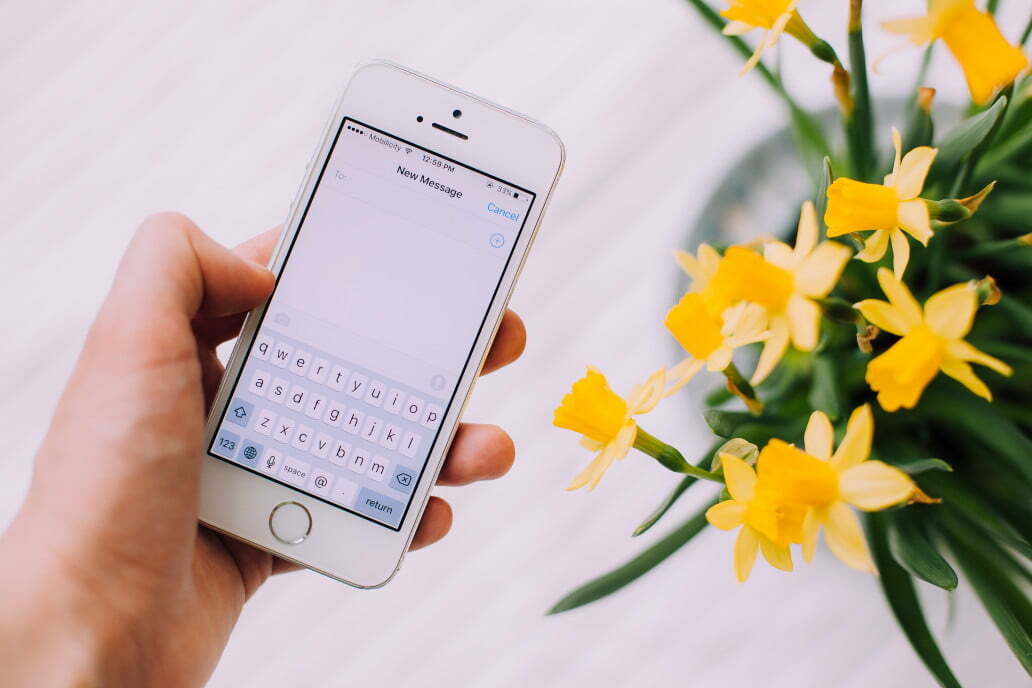
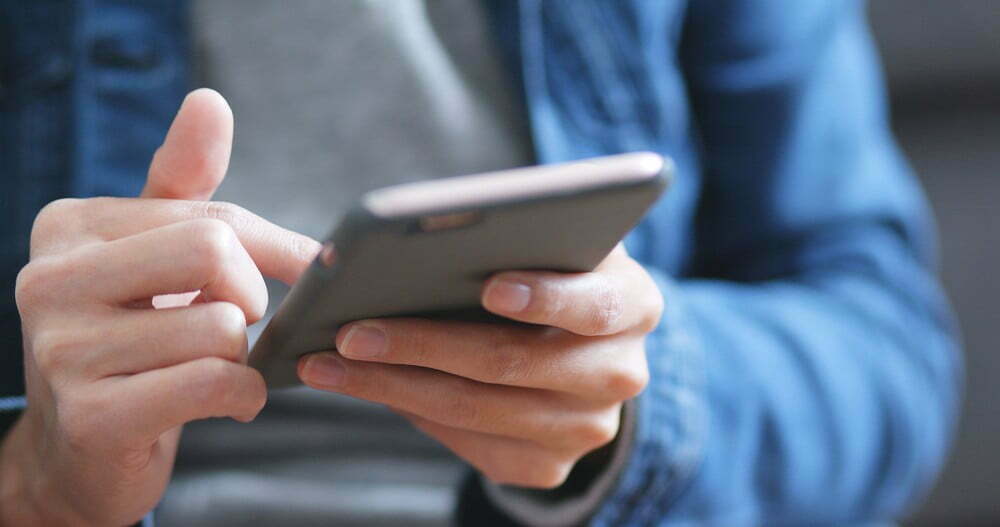
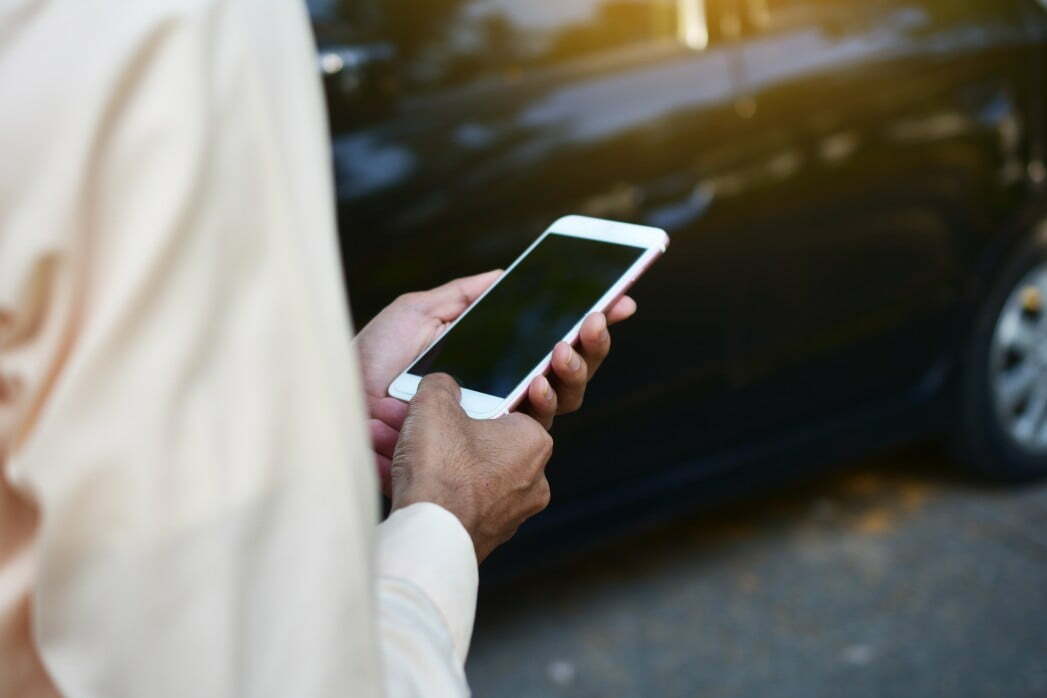
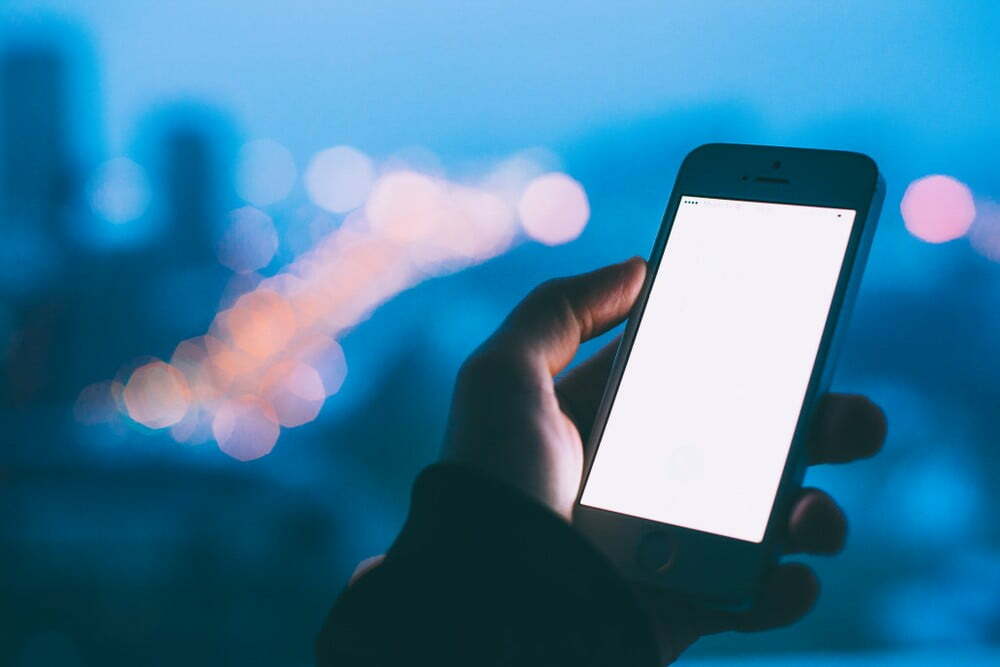

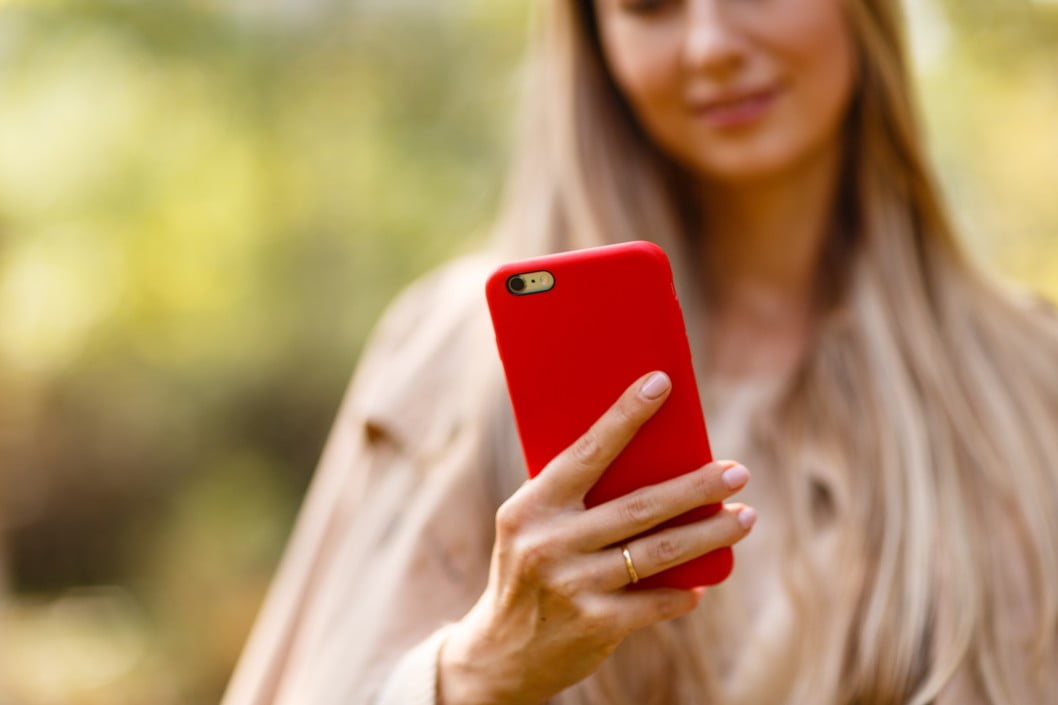
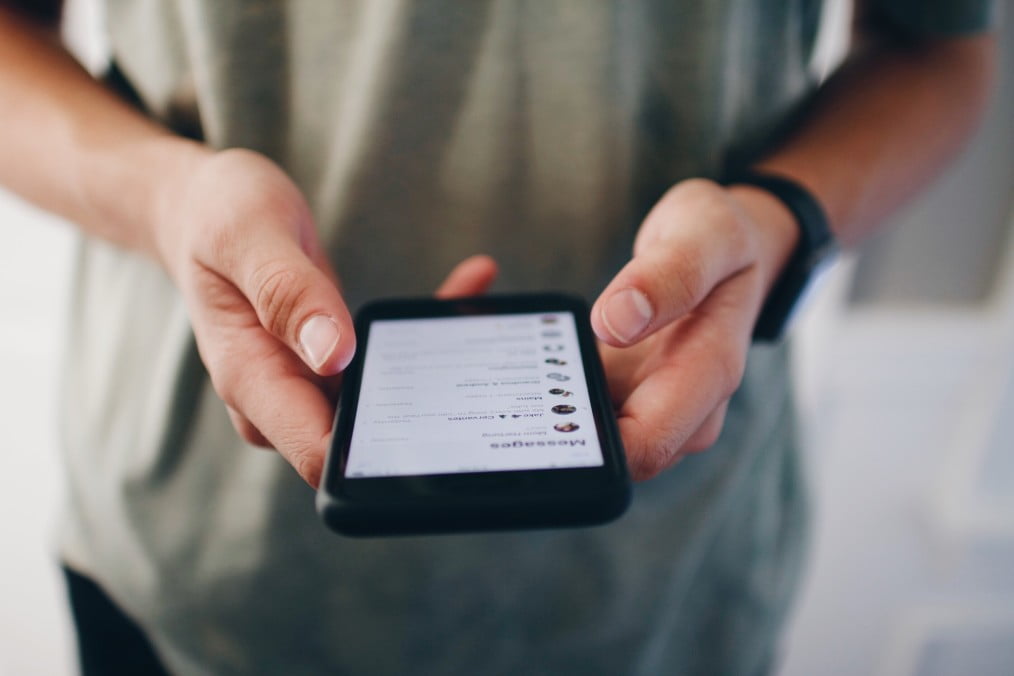


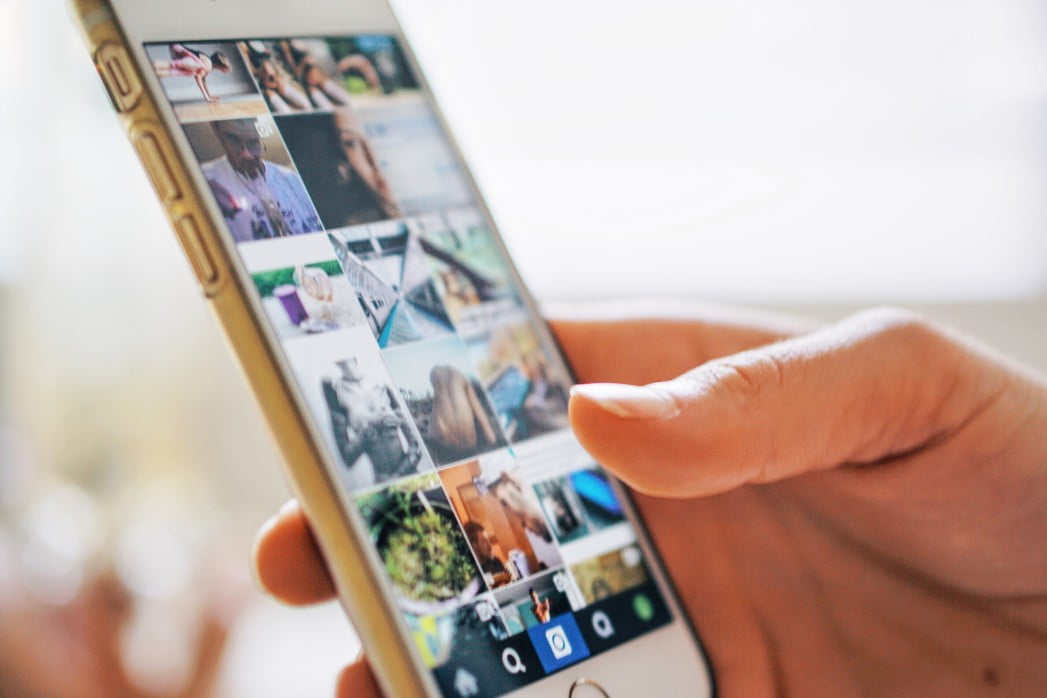

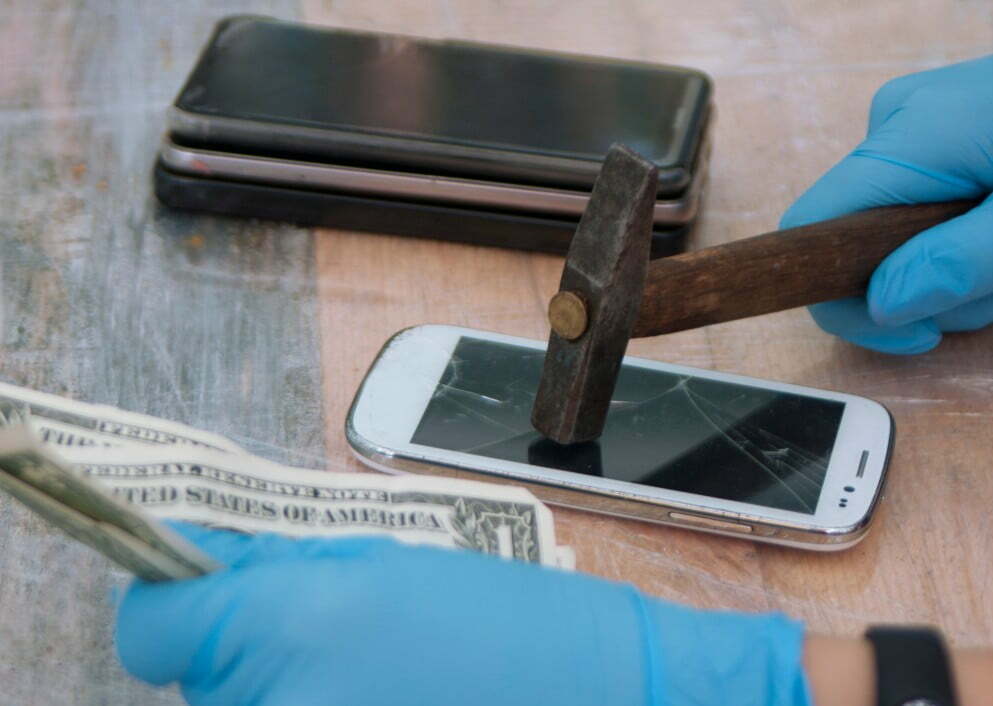
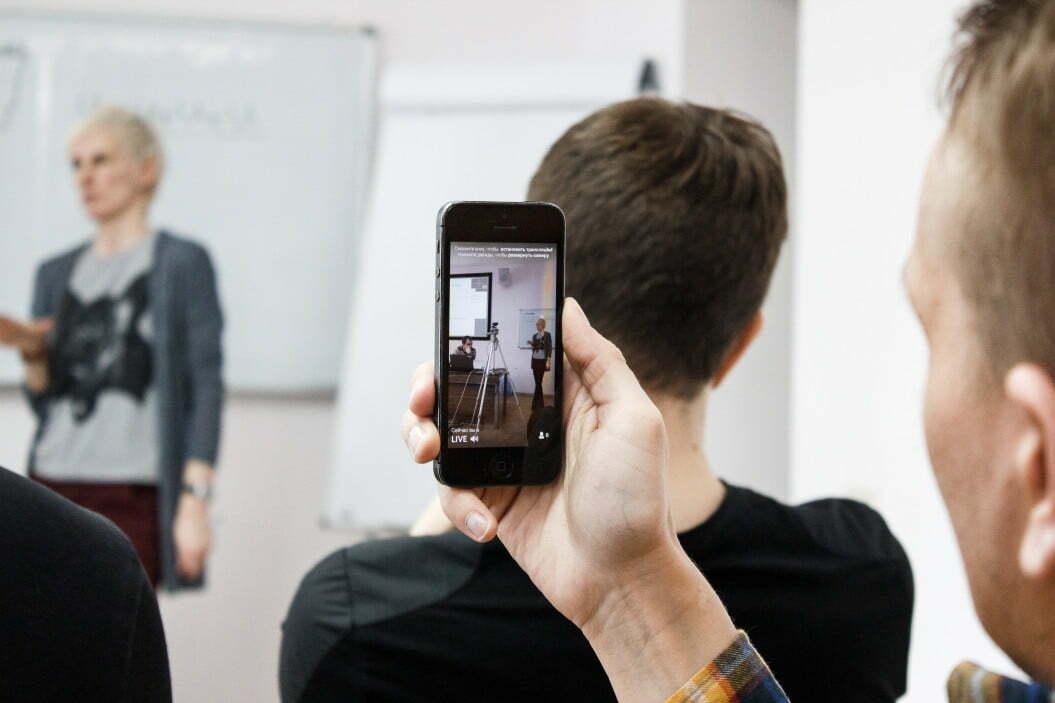
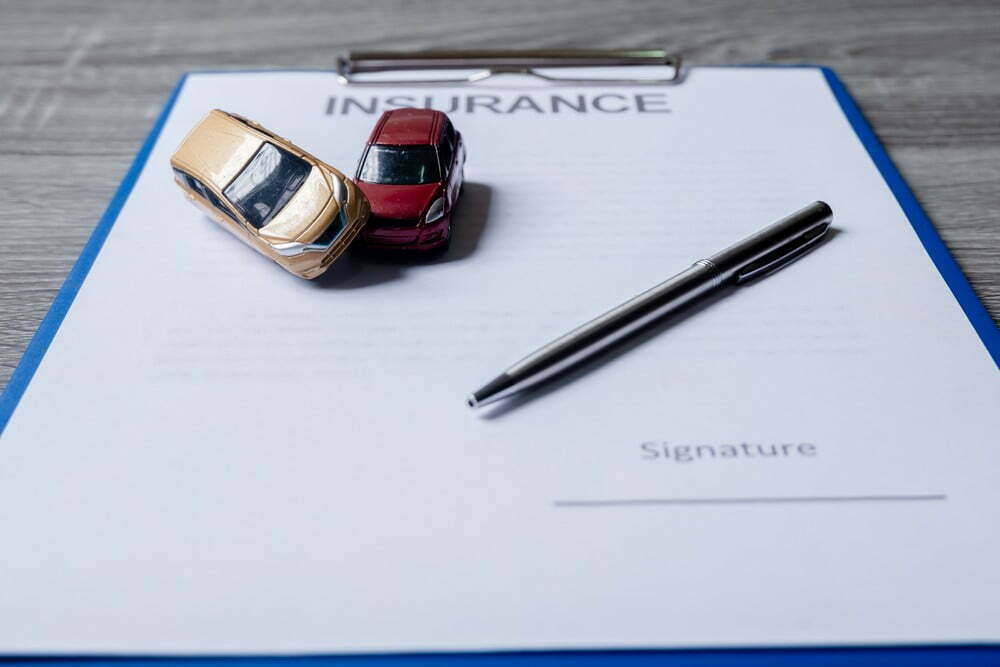

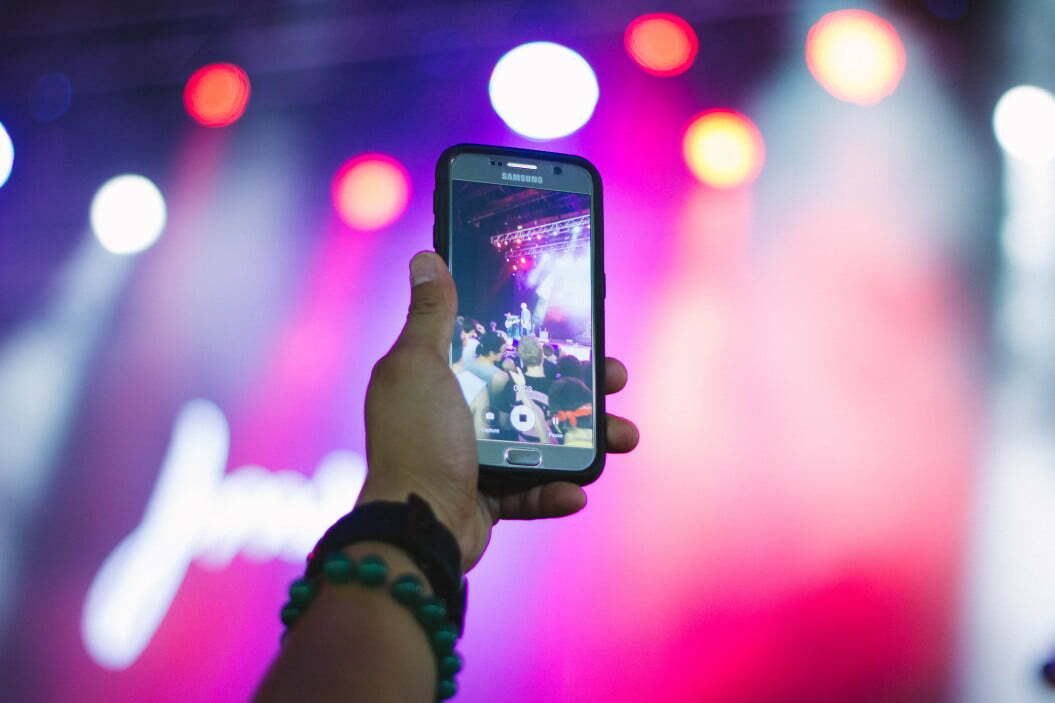

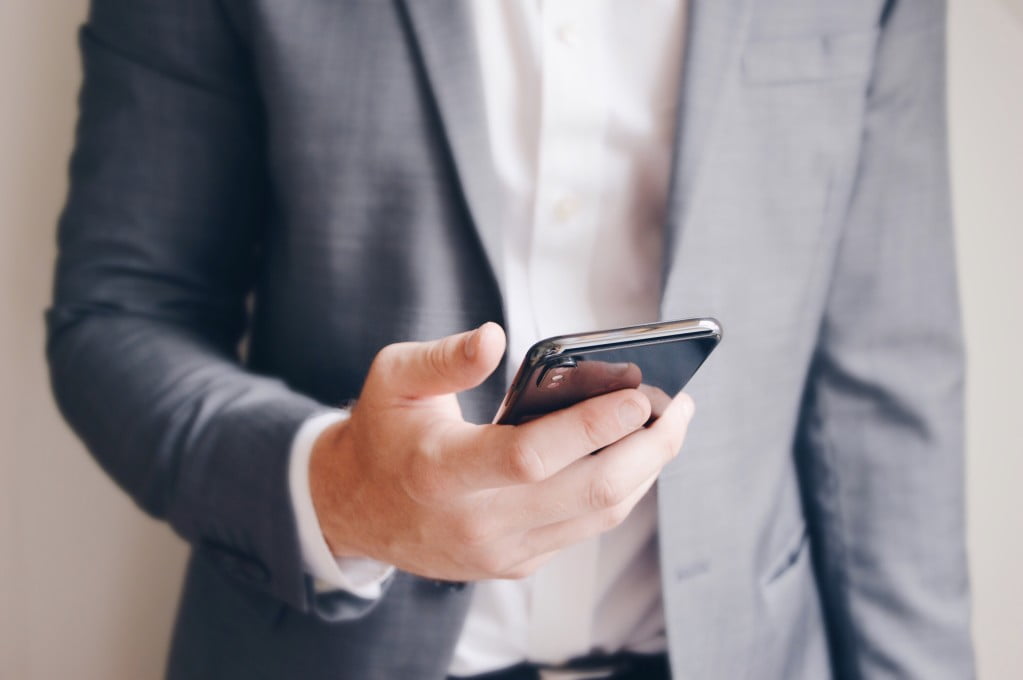
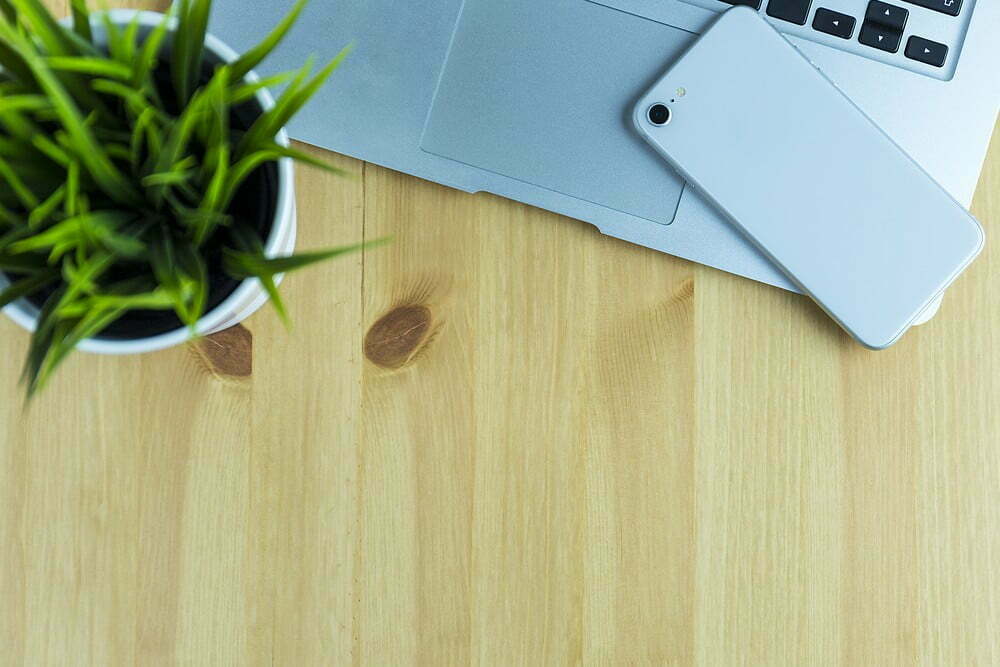
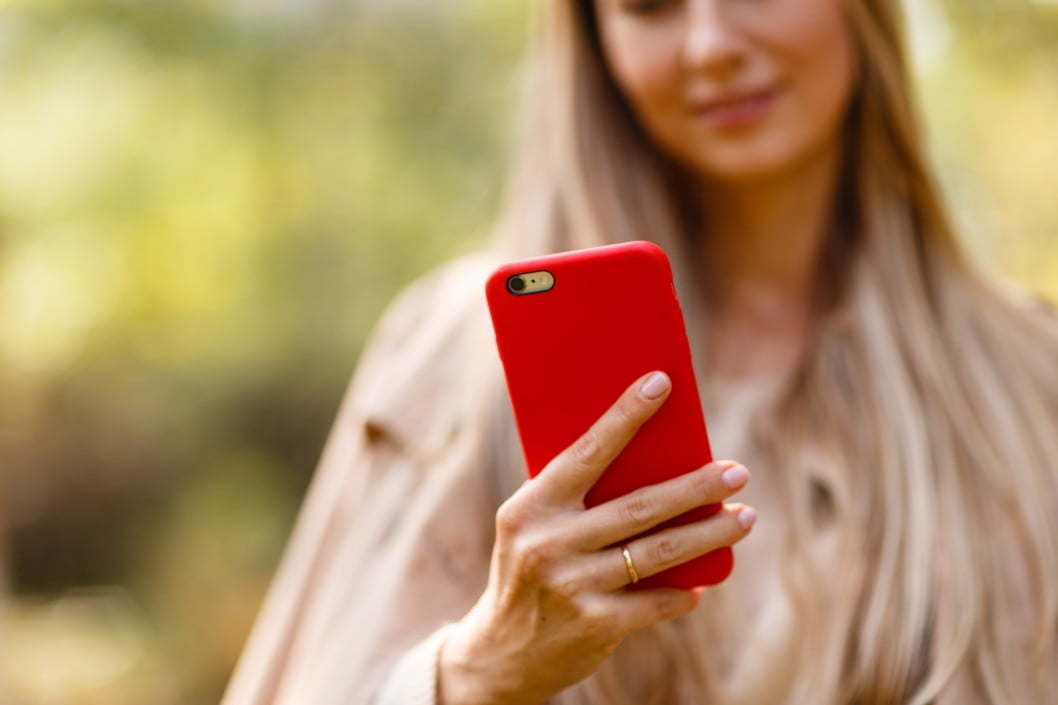
![Best Cell Phone Cases in [year] ([month] Reviews) 30 Best Cell Phone Cases in 2025 (December Reviews)](https://www.gadgetreview.dev/wp-content/uploads/Gresso-Revolution-Bumper-Case-for-iPhone-5-b-650x406-1.jpg)
![Best Bluetooth Headsets in [year] ([month] Reviews) 31 Best Bluetooth Headsets in 2025 (December Reviews)](https://www.gadgetreview.dev/wp-content/uploads/best-bluetooth-headsets-image.jpg)
![Best iPhone in [year] ([month] Reviews) 32 Best iPhone in 2025 (December Reviews)](https://www.gadgetreview.dev/wp-content/uploads/best-iphone-image.jpg)
![Best Android Phone in [year] ([month] Reviews) 33 Best Android Phone in 2025 (December Reviews)](https://www.gadgetreview.dev/wp-content/uploads/best-android-phone-image.jpg)
![Best Cell Phone Plans in [year] ([month] Reviews) 34 Best Cell Phone Plans in 2025 (December Reviews)](https://www.gadgetreview.dev/wp-content/uploads/verizon-reviews.png)
![Best Credit Cards with Cell Phone Insurance in [year] 35 Best Credit Cards with Cell Phone Insurance in 2025](https://www.gadgetreview.dev/wp-content/uploads/best-credit-cards-with-cell-phone-insurance-image-1.jpg)
![Best Smartphone in [year] ([month] Reviews) 36 Best Smartphone in 2025 (December Reviews)](https://www.gadgetreview.dev/wp-content/uploads/MagCase-Is-The-Worlds-Thinnest-Phone-Case-1.jpg)
![Best iPhone Battery Cases in [year] ([month] Reviews) 37 Best iPhone Battery Cases in 2025 (December Reviews)](https://www.gadgetreview.dev/wp-content/uploads/best-iphone-battery-cases-image.jpg)
![10 Best Rugged Smartphones in [year] 38 10 Best Rugged Smartphones in 2025](https://www.gadgetreview.dev/wp-content/uploads/best-rugged-smartphone.jpg)
![10 Most Secure Phones in [year] 39 10 Most Secure Phones in 2025](https://www.gadgetreview.dev/wp-content/uploads/Most-Secure-Phone.jpg)
![10 Best Selfie Camera Phones in [year] 40 10 Best Selfie Camera Phones in 2025](https://www.gadgetreview.dev/wp-content/uploads/best-selfie-camera-phone.jpg)
![10 Best Dual SIM Phones in [year] 41 10 Best Dual SIM Phones in 2025](https://www.gadgetreview.dev/wp-content/uploads/best-dual-sim-phone.jpg)
![10 Best Small Phones in [year] 42 10 Best Small Phones in 2025](https://www.gadgetreview.dev/wp-content/uploads/best-small-phones.jpg)
